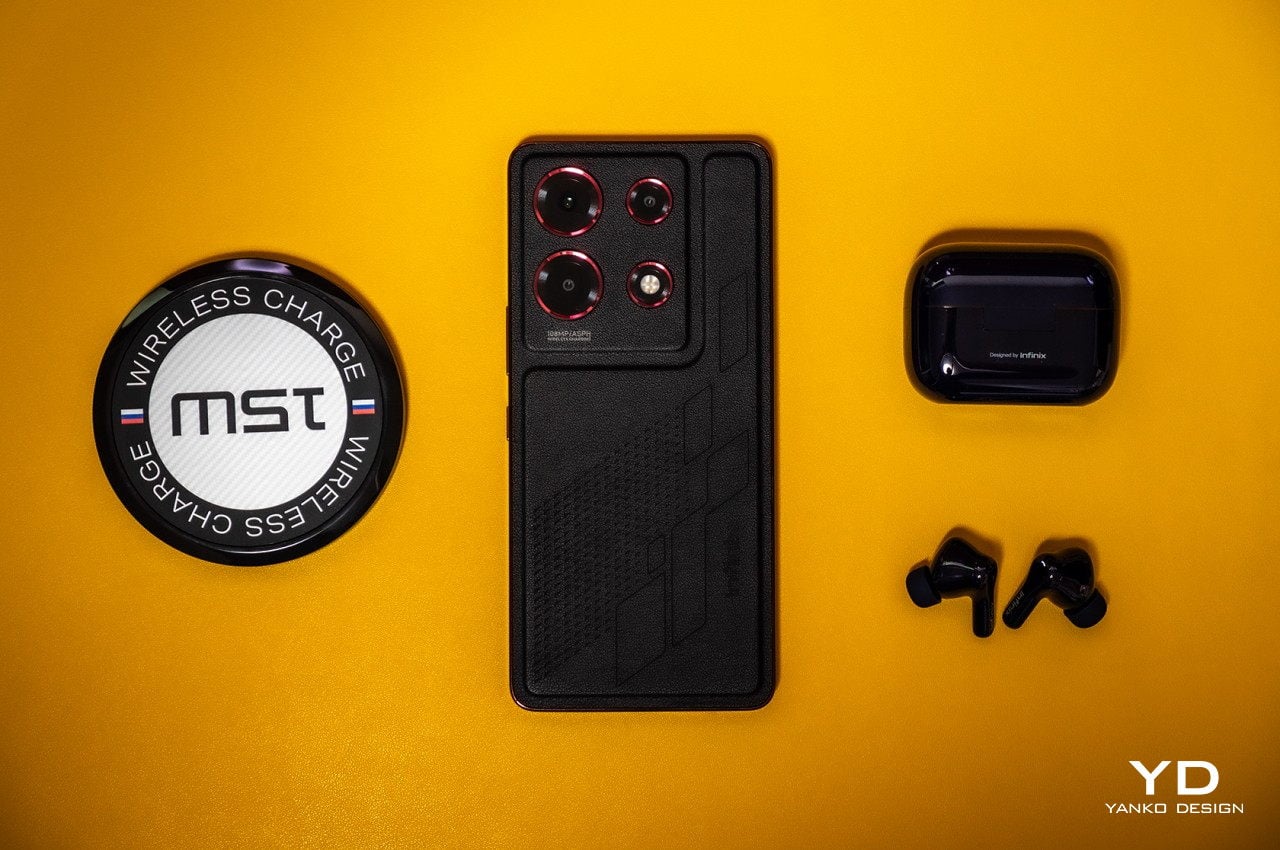
PROS:
- Eye-catching racing-inspired design with great attention to detail
- Premium features like wireless charging and IP53 rating
- Includes rare microSD card slot
- Great price value for performance and features
CONS:
- Odd camera combination
- Limited availability
RATINGS:
SUSTAINABILITY / REPAIRABILITY
EDITOR'S QUOTE:
Excelling in both looks and overall features, the Infinix NOTE 30 VIP Racing Edition is an unexpected yet impressive surprise that is hampered by its odd camera choices and limited availability.
With so many smartphone brands and models available today, it’s not an easy task to stand out from the crowd, especially when you’re not one of the big five. Some companies employ visual gimmicks or technical buzzwords just to catch people’s attention, only for those products to fall flat once they land in users’ hands. It takes no small amount of effort and careful thought to create a design that not only looks great but also checks all the other boxes of an excellent user experience. The Infinix NOTE 30 VIP claims to be one such item, so we took its fancy Racing Edition for a spin to see if it really matches up to the expectations of a smartphone that was made to blaze a trail in the market.
Designer: Infinix
Aesthetics
As its name clearly says, the Infinix NOTE 30 VIP Racing Edition’s overarching theme is one of speed, taking inspiration from heart-pounding and thrilling street races. And when it comes to race cars, who better to know the spirit and design of speedsters than BMW’s design powerhouse, Designworks. But unlike some smartphones that boast of BMW branding, Infinix goes beyond just using themed colors or stripes to make the NOTE 30 VIP epitomize the spirit of speed that these cars exhibit, both in looks as well as in feel.
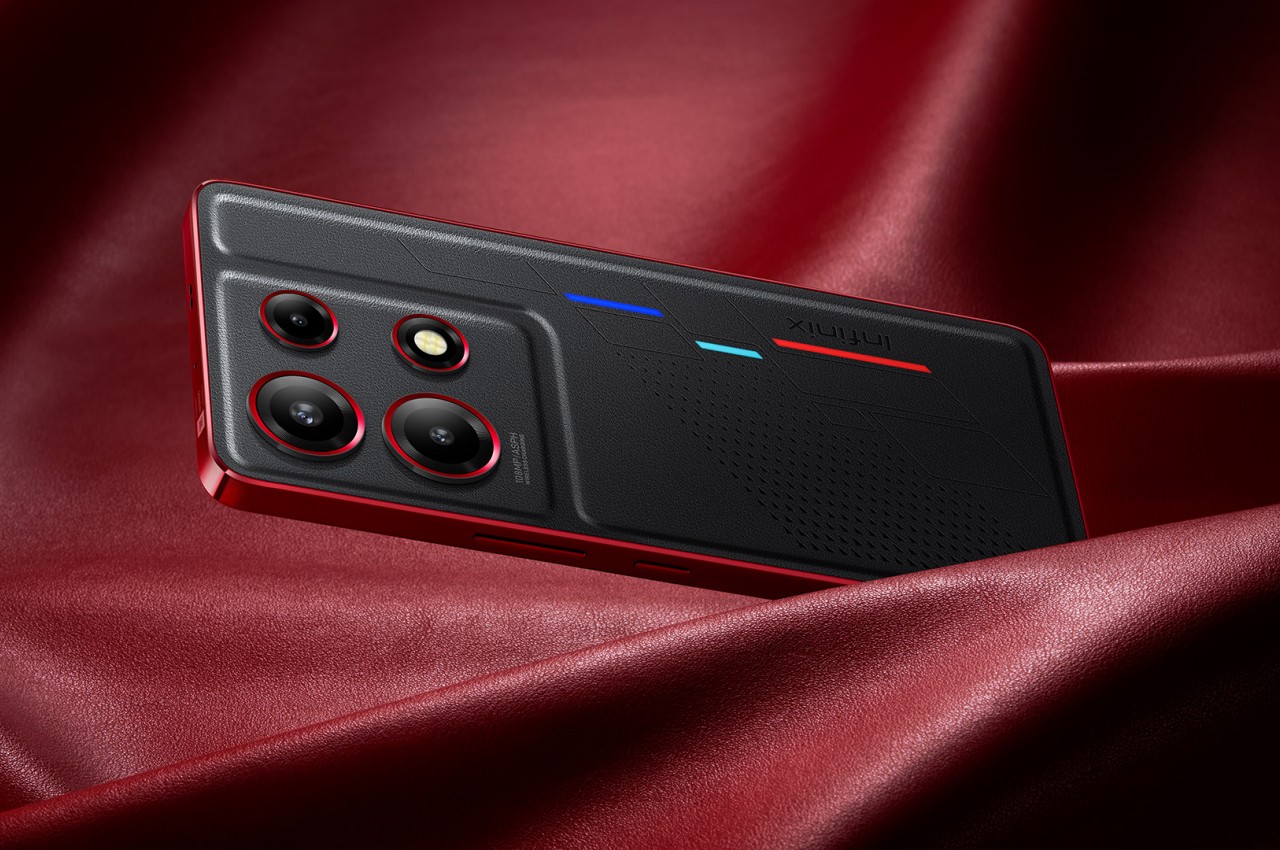
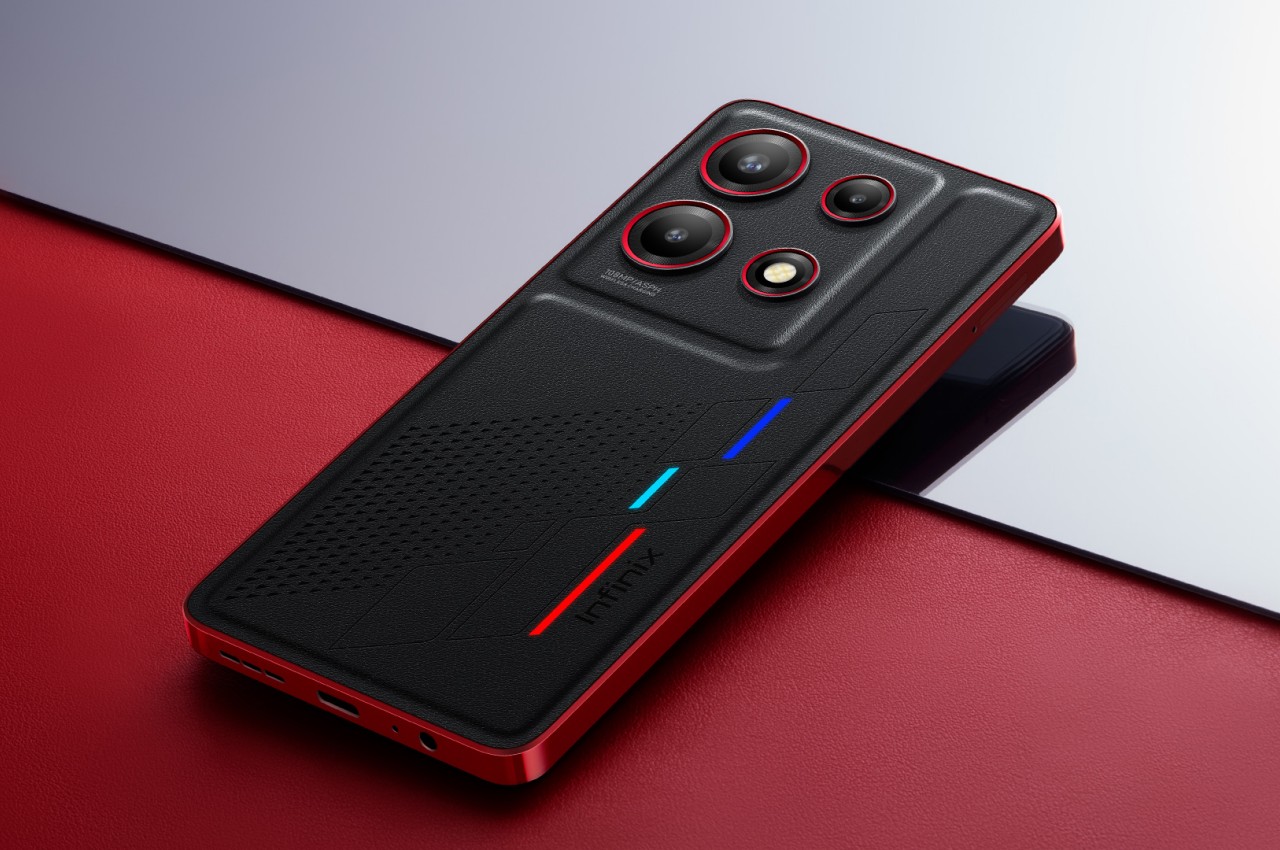
Right off the bat, this racing-inspired version of the Infinix NOTE 30 VIP is nothing like any other smartphone you’ve seen before, including those that also claim spiritual camaraderie with race cars. The way it uses a special vegan leather material doesn’t simply slap on a cover on the back of the phone but fully envelopes the surface to create a unique aesthetic and tactile experience. Even the camera bump is fully covered by the organic texture, giving the phone a more unified appearance with no metal or glass awkwardly sticking out. The embossed check-flag pattern creates a subtle nod to the racing culture, demonstrating Infinix’s meticulous attention to the smallest details.
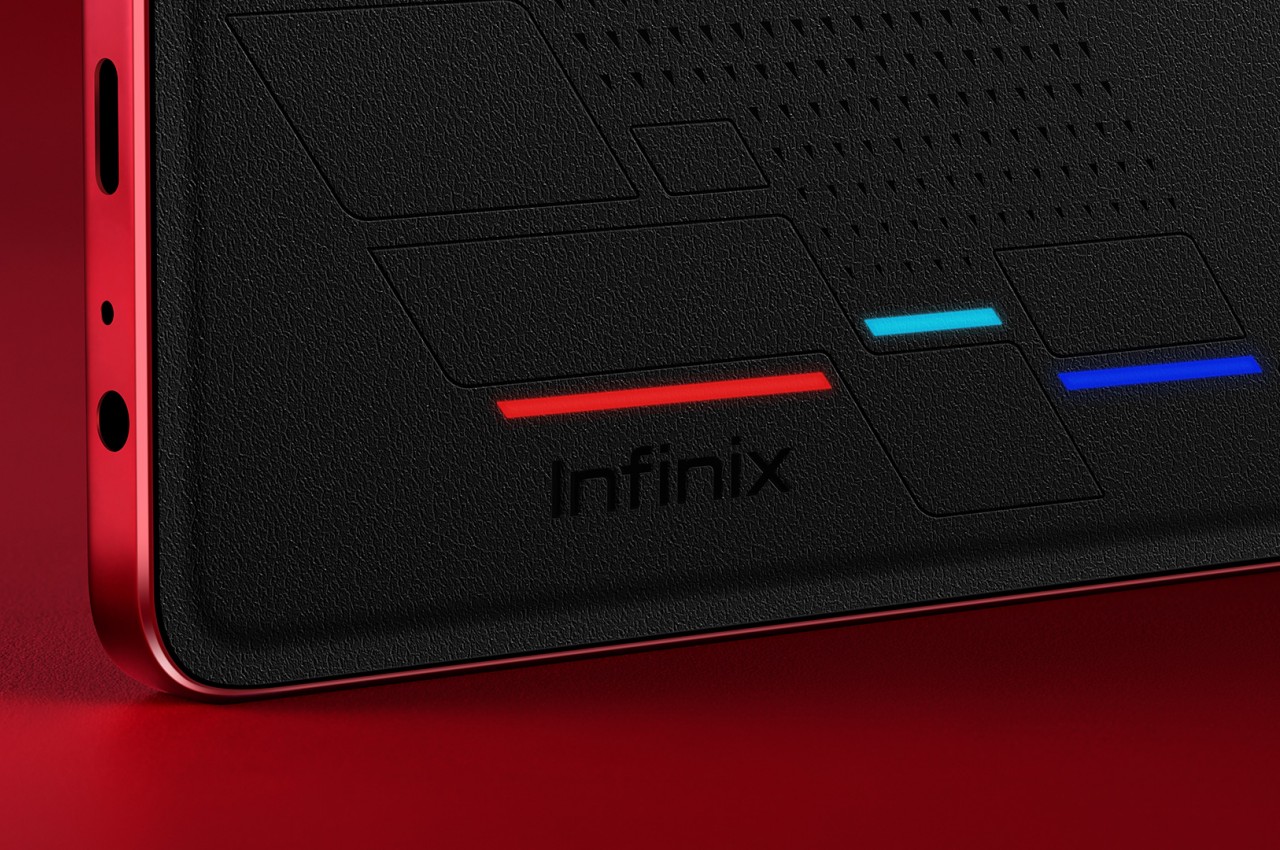
As if the vegan leather treatment wasn’t already unique enough, Infinix and BMW Designworks go a step further by adding a feature that gives a little bit of flavor to the phone. In line with the trend of bringing decorative lights to the back of phones, the Infinix NOTE 30 VIP Racing Edition presents what the brand calls “3D Lighting Leather,” an innovative design that lets strips of light shine through the leather material when it is turned on. The three colors of these light strips not only represent BMW Motorsports’ iconic branding but also represent speed, performance, and power. It’s a small yet tasteful detail that adds to the phone’s character and cements its image as an extension of a street race car.
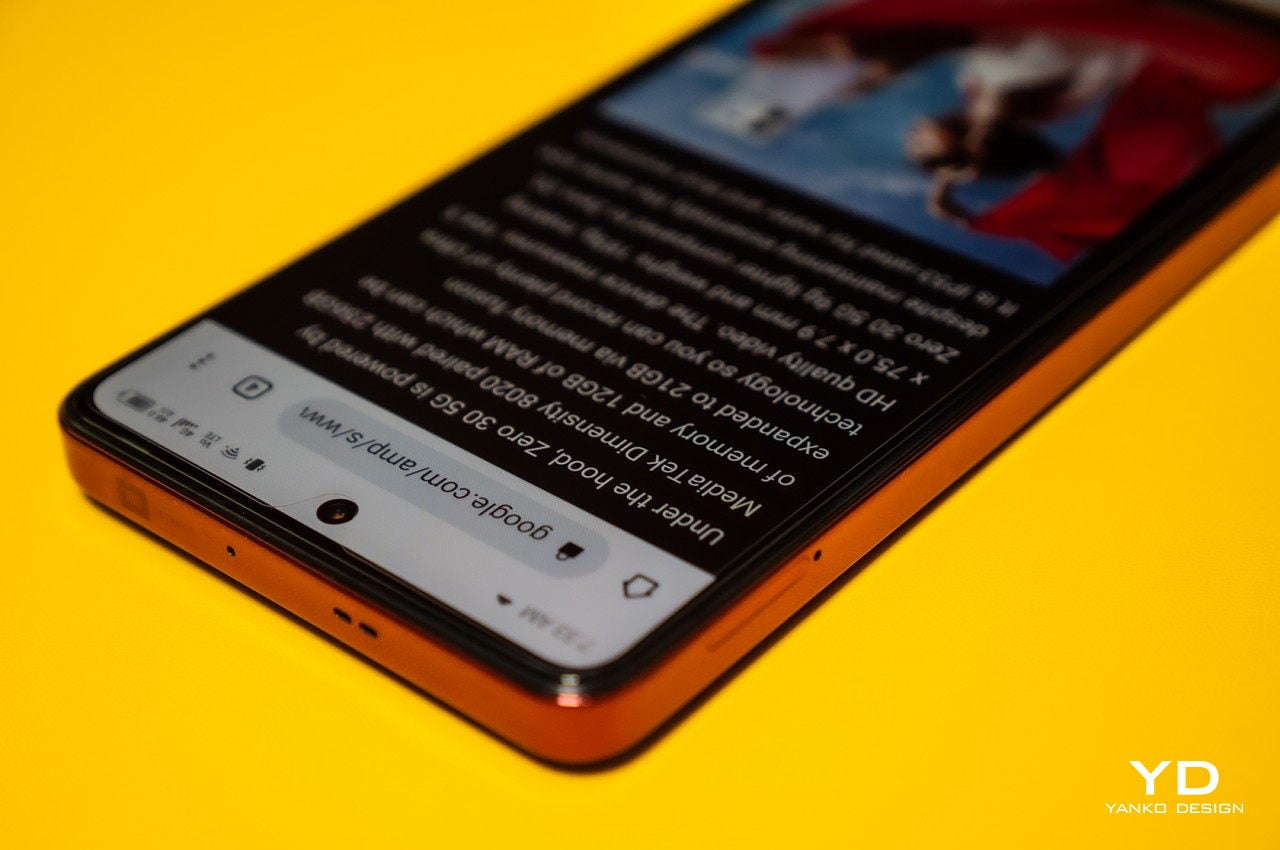
It isn’t just the phone’s back that catches one’s attention in a pleasing manner. The sharp red edges contrast beautifully with the softer black rear, lending it an elegance that you’d expect to find in more expensive designs. The flat screen, whose bezels gently curve to the sides, also complements this aesthetic, delivering a design that exudes both speed and class in a single product.
To really complete both the VIP and the Special Edition experience, Infinix ships the NOTE 30 VIP Racing Edition with a ton of freebies all designed around that same theme. Small gestures like these give a product that extra level of attention that truly sets it apart from ordinary, mass-produced phones.

Ergonomics
The most beautiful phone will simply be a pretty face if it turns out to be an unusable slab of glass and metal in your hand. Fortunately, the Infinix NOTE 30 VIP Racing Edition isn’t that, and it manages to look stunning while also giving you confidence when you hold the smartphone in your hand. Part of that is thanks to the textured surface of the vegan leather material that delivers a better grip, but the design also has another small yet critical detail that improves the phone’s ergonomics.
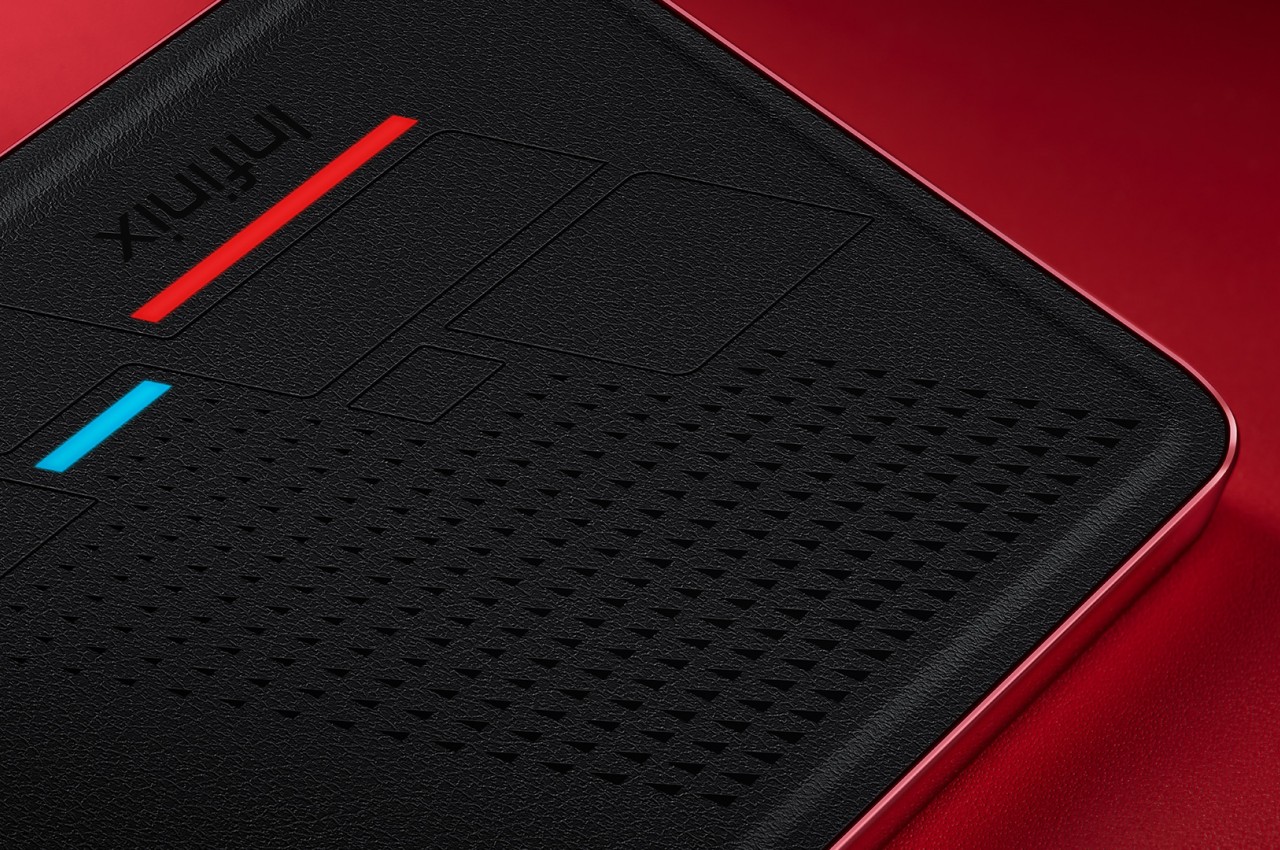
The minuscule embossed triangle in the palm grip takes inspiration from racing car steering wheels to offer the necessary traction for your hand, increasing your grip on the phone. With this anti-slip wrapping, the NOTE 30 VIP Racing Edition gives you confidence that you’ll be able to hold it in a stable and safe manner, which is probably going to be necessary considering how light the phone feels in your hand at only 190g. Just like how race car designs not only give speed but also stability, the Infinix NOTE 30 VIP Racing Edition embodies this duality in a beautiful and satisfying manner.
Performance
Of course, this special Infinix NOTE 30 VIP’s racing chops don’t stop with its looks. Infinix has stepped up its game by endowing the Racing Edition with some of the best hardware for performance, making you feel like breezing through tasks and games with aplomb. The new MediaTek Dimensity 8050 might not sound familiar compared to something that has “Snapdragon” in its name, but its performance isn’t exactly sub-par. You might find yourself adjusting settings in heavier games like Genshin Impact or Honkai: Star Rail, but for all intents and purposes, it is able to handle most mobile tasks without breaking a sweat.

The phone comes with 12GB of RAM out of the box, but it’s possible to extend that to 21GB by borrowing some memory from the 256GB internal storage. The latter might sound a bit measly until you hear about a feature that you’ll rarely find in smartphones these days. The Infinix NOTE 30 VIP actually has a dedicated slot for a microSD card slot to expand that storage, giving it an edge over other phones in both mid and premium tiers.
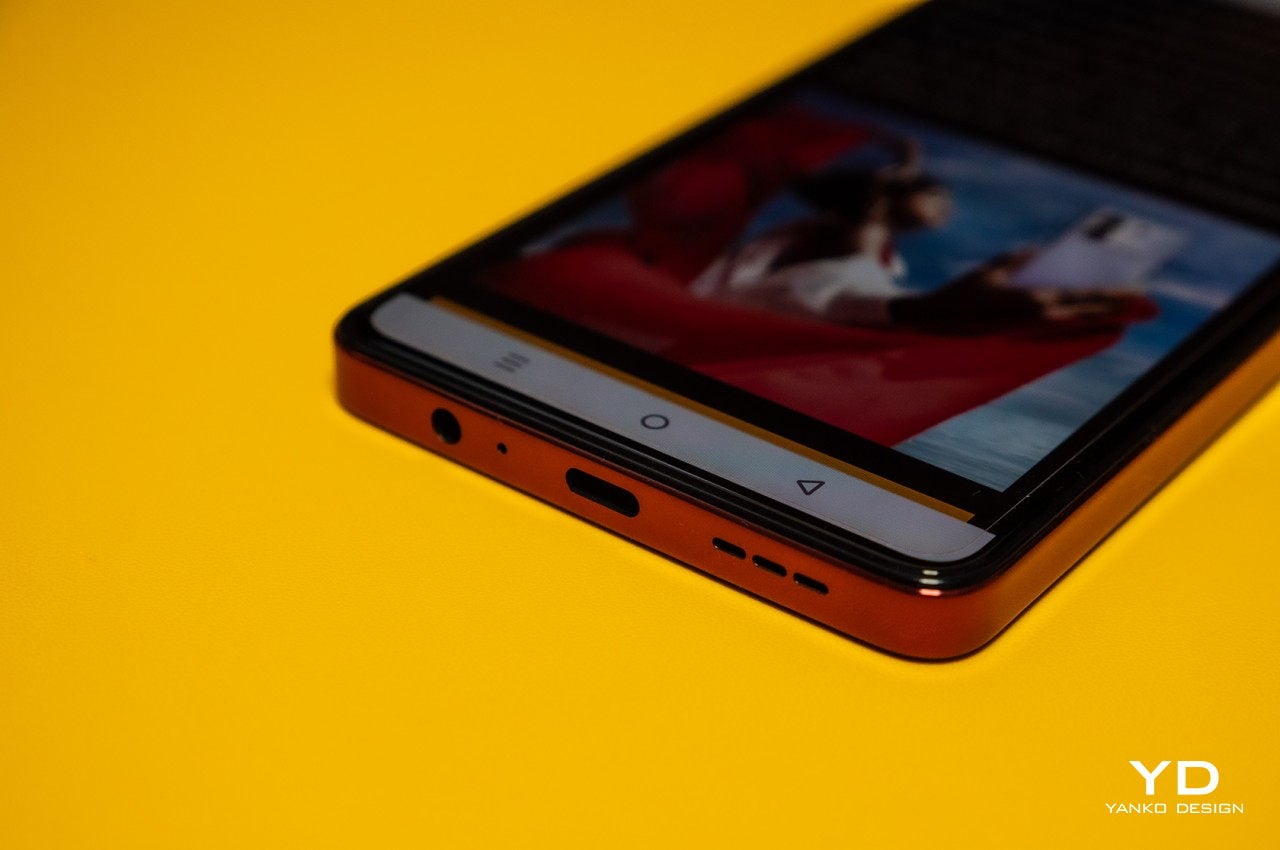
Uptime with the 5,000mAh battery is decent as well, which is surprising given how powerful the phone is. Charging at 68W, however, sounds a bit disappointing considering how many of its peers are already boasting 100W speeds. Then again, few of those can also boast of supporting wireless charging and fast 50W wireless charging at that. Even better, Infinix ships with a specially themed wireless charger as part of the VIP Racing Edition box so you don’t have to go hunting for one on your own.
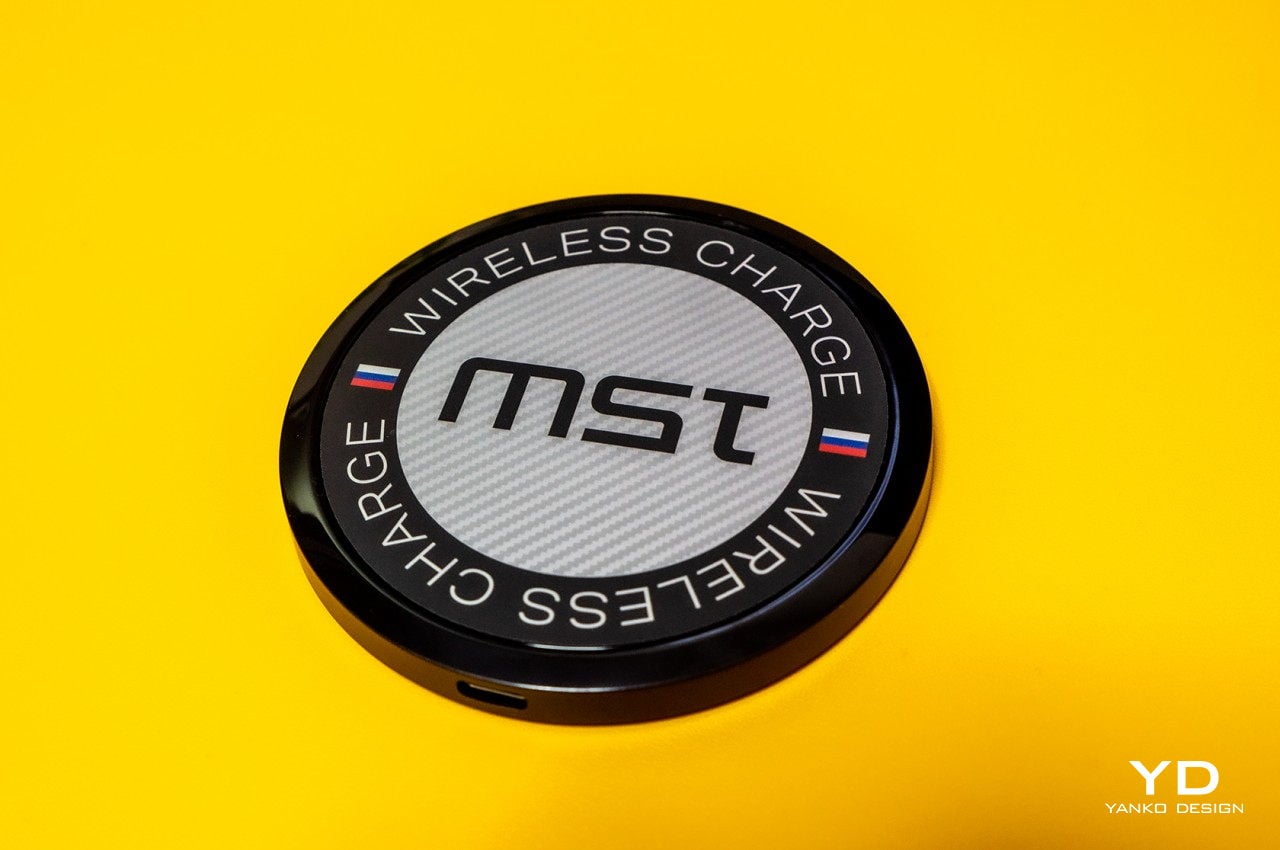
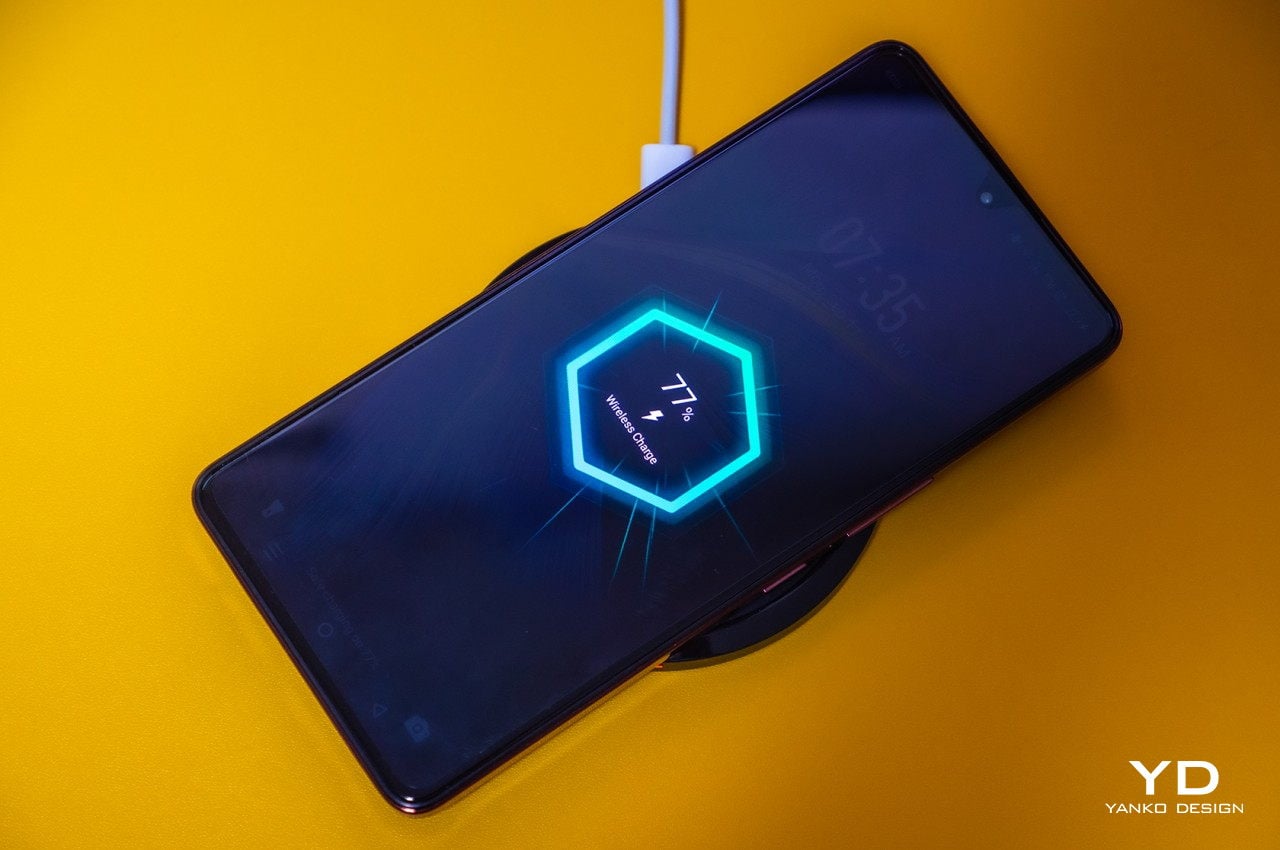
The Infinix NOTE 30 VIP Racing Edition’s hardware selection seems almost perfect, at least until you get to the cameras, one of the things that most buyers check first. Yes, there are three cameras there led by a mighty 108MP main shooter that definitely lives up to expectations. It takes good photos with plenty of detail when there’s plenty of light around. What’s more impressive is that it can shoot 4K videos, though without OIS, something that’s still uncommon at this price point. The 32MP selfie camera is decent, but it’s made more notable thanks to dual LED flash lights that hide in the phone’s top edges, bringing much-needed lighting to your face.


Things get weird with the other two cameras on the back of the phone, a 2MP ultra-wide and a 2MP macro shooter. While the asymmetry between cameras isn’t uncommon, it’s almost unheard of to have an ultra-wide camera that low these days, even on mid-tier devices. As you might expect, they don’t produce good results, so you’re better off sticking to the main camera anyway. It might not be a deal-breaker for some people, but it does show at least one area where Infinix chose to cut corners.
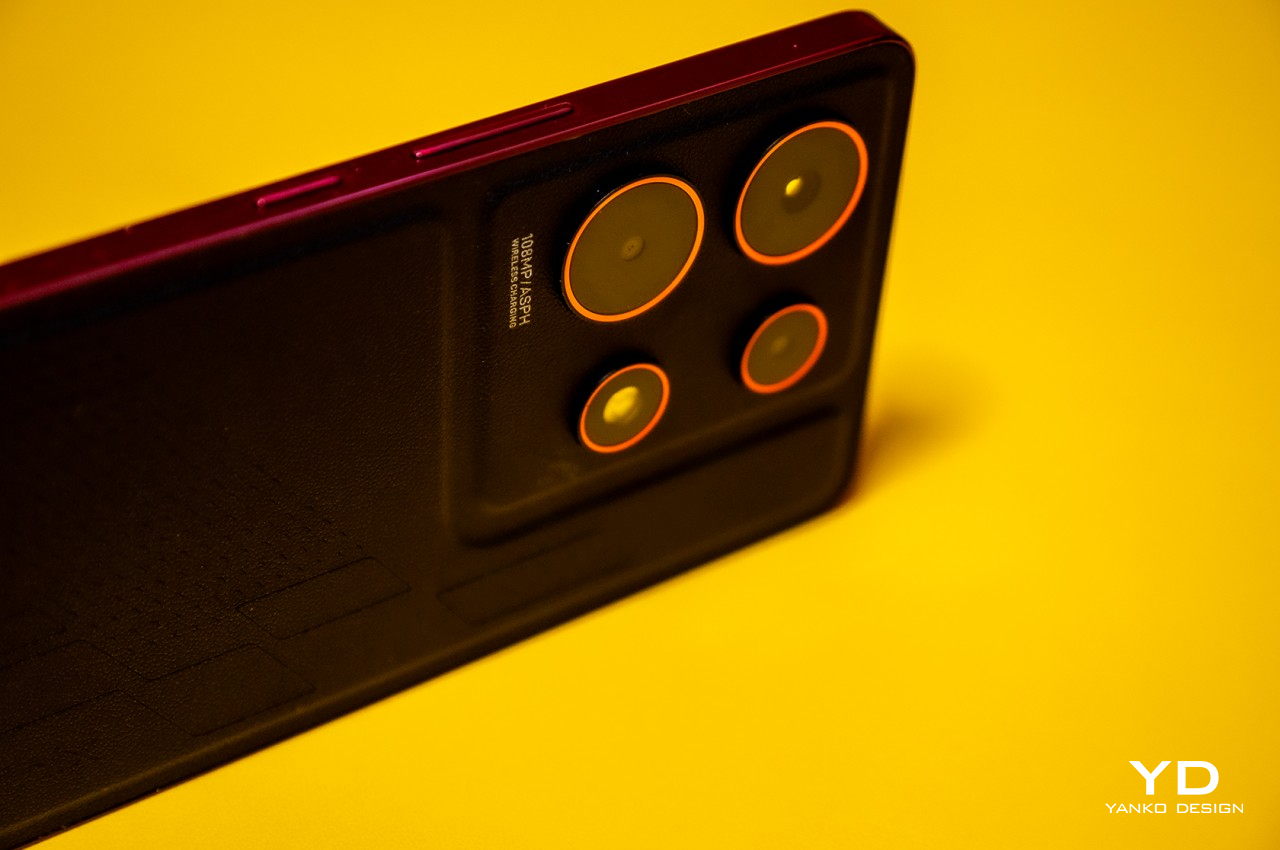

The Infinix NOTE 30 VIP runs the company’s custom XOS 13 Android experience that’s thankfully already based on Android 13. It’s specifically themed to match that same racing motif, especially when it comes to the tri-color combination, and has a boatload of pre-installed apps you will have to uninstall one by one. One special feature of this Android skin is the “Magic Ring”, practically Infinix’s version of Apple’s Dynamic Island that changes the UI flanking the front camera cutout, depending on the context, like which app is being used. While not exactly original, we can expect other manufacturers to implement their own version of this UI flourish to help mask the presence of the hole at the top of the screen.
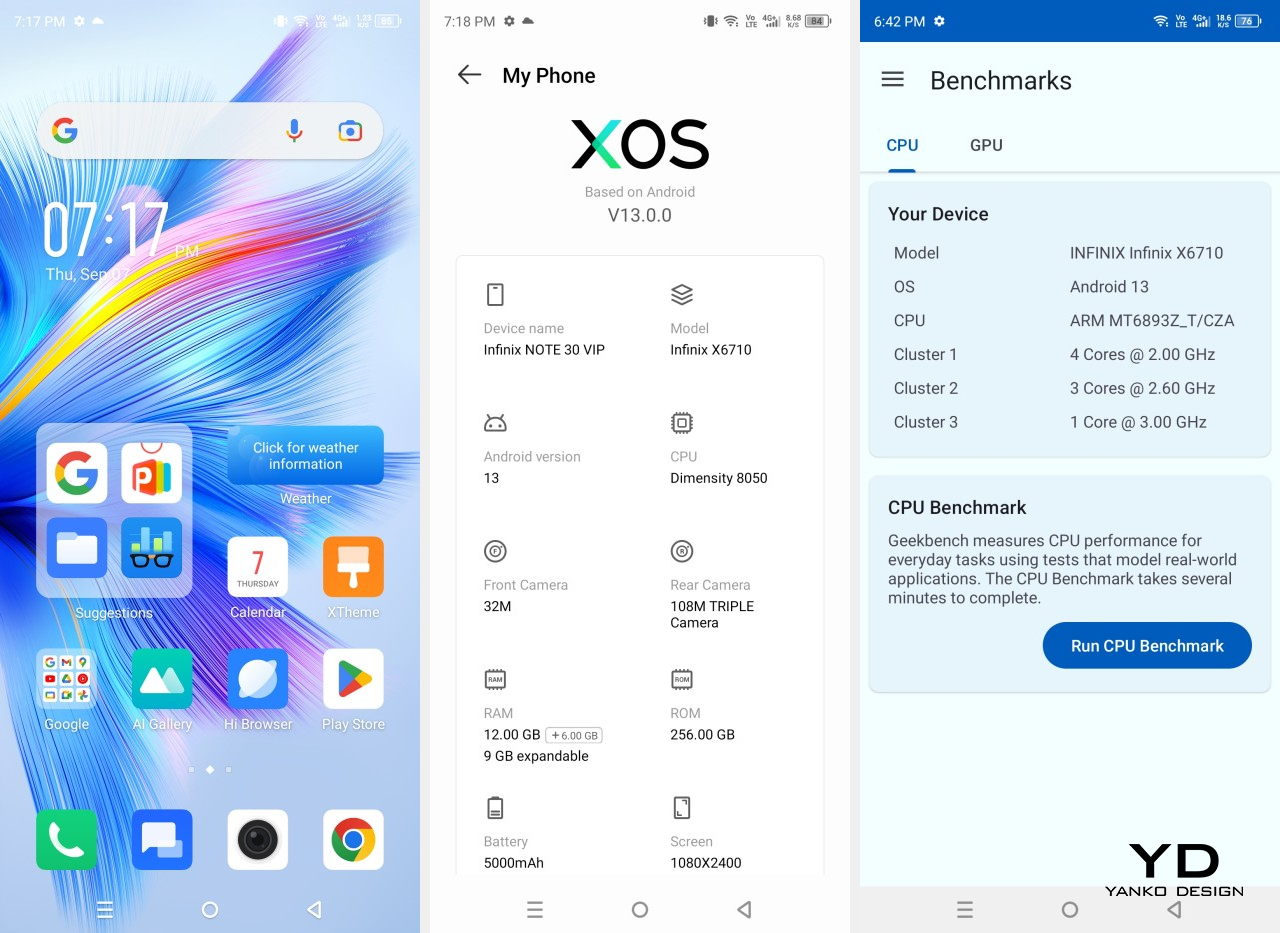
Sustainability
Although it has already started building a reputation for itself, Infinix is younger and smaller compared to other smartphone brands. So if it took giants like Samsung and Apple decades to establish their sustainability efforts, it shouldn’t be a surprise that it isn’t yet a focus for the fledgling company. That said, it’s not without any attempt at reducing its negative impact on the environment, like the use of this special vegan leather material for the Racing Edition. It might not be a 100% sustainable material, but it’s still significantly better than plastics.
More importantly, however, the Vivo V29 is designed to at least delay meeting its end from accidents. It has an IP53 dust and water resistance rating, which is almost unbelievable considering its price point. That simply means that it is less likely to die from a splash of water, prolonging its life for as long as it is still in good operating condition. The longer it stays in your hands, the longer it and its non-biodegradable parts stay off landfills.
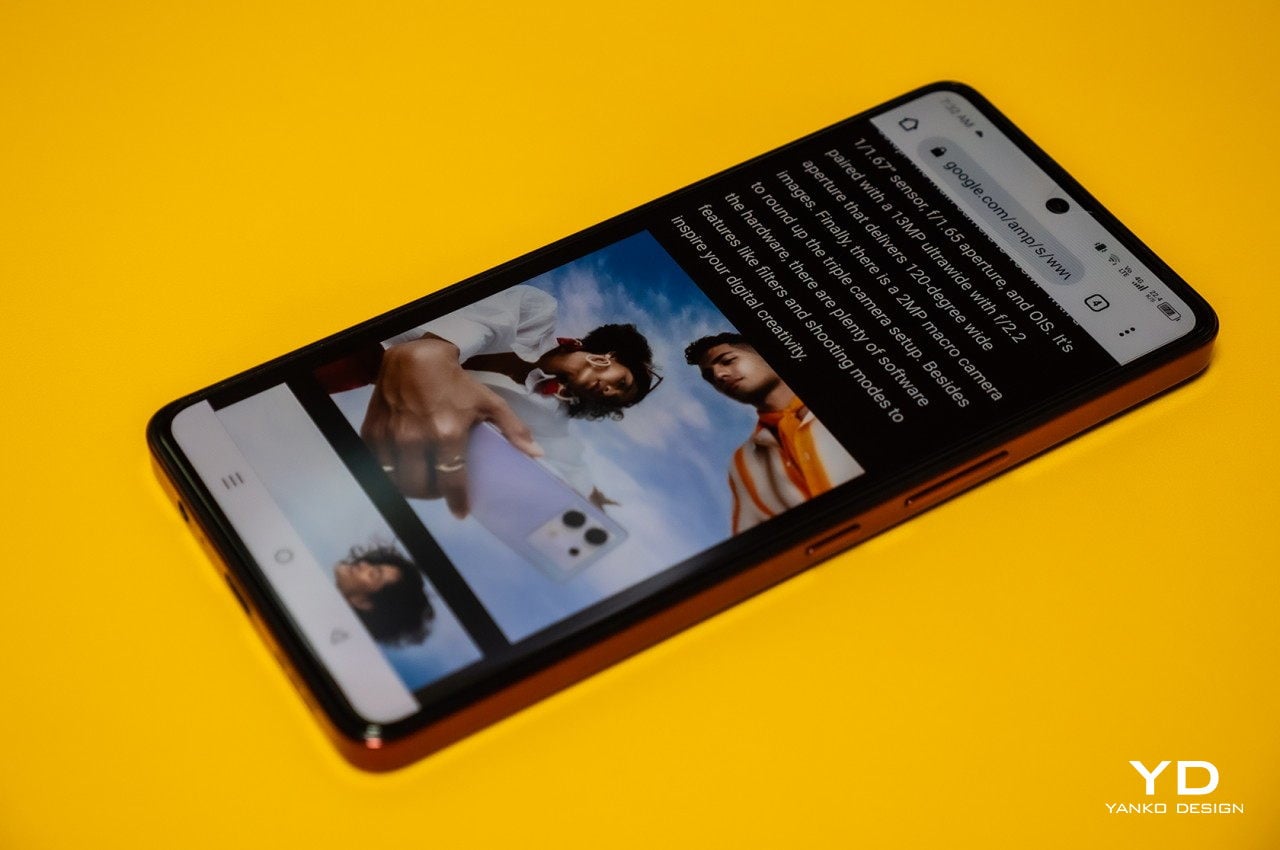
Value
The Infinix NOTE 30 VIP Racing Edition comes as a completely unexpected surprise. The combination of premium features and an accessible price tag might be more than enough to get buyers considering this option, but it really changes the game with its high-quality design that you might have not expected from a phone on this price tier. The 3D Lighting Leather material is more than just a gimmick, delivering a luxurious look and feel with some colored light accents to drive home that street racing image.
It’s hardly perfect, of course, and there’s a list of quirks and flaws that leave us scratching our heads. One of those is the choice of cameras aside from the 108MP main shooter, which is just mind-boggling in this day and age. The biggest drawback, however, is its limited availability to very specific markets, which means fewer people will get to experience this surprisingly impressive package. That’s quite a shame, considering how everything else about the phone is worth more than what Infinix is asking for, especially with all the accessories that come with it.
Verdict
It’s not easy for a smartphone to stand out these days, especially when you consider just how many designs there are available in the market today. It’s even harder when you try to hit the sweet spot of aesthetics, performance, and price, something that even industry giants don’t get right all the time. So there’s definitely a good reason to be amazed at how Infinix managed to pull a rabbit out of its hat, with some help from BMW Designworks, of course.
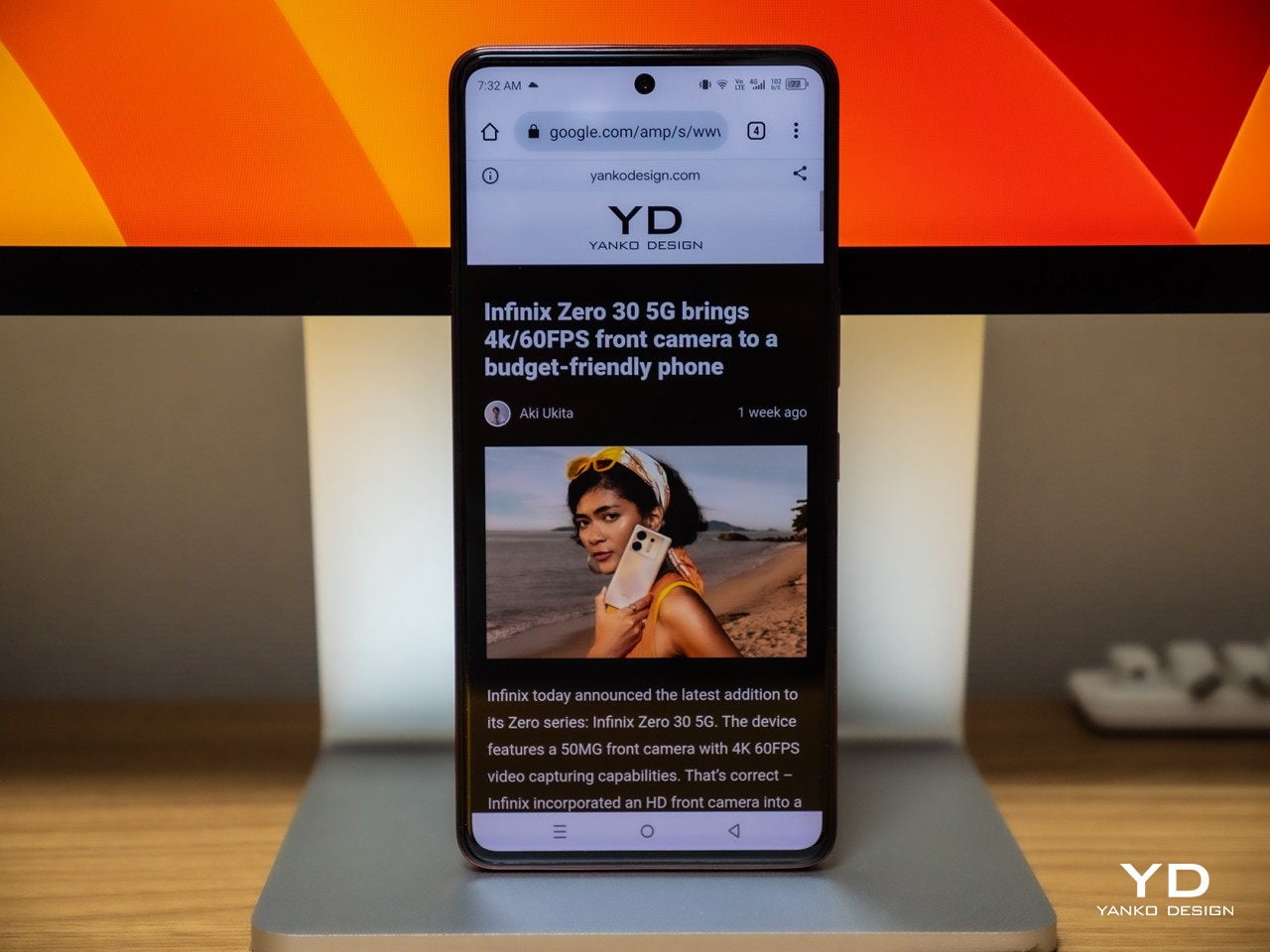
The Infinix NOTE 30 VIP Racing Edition definitely embodies the spirit of street racing with intricate design details that easily remind one of the cozy interiors of sports cars. Infinix’s attention to detail leaves no stone unturned, with every side, corner, and surface matching that overarching theme. That extends inside the phone, of course, with specs that would leave you wondering why bigger manufacturers don’t follow suit. Who would have thought, for example, that we’d meet an old microSD card slot friend here, or that it would boast fast wireless charging and an IP rating at this price point? There are, indeed, some noticeable missteps, especially with the camera, but the overall package might still make you want to get your hands on one, especially for its mouth-watering $315 price tag.
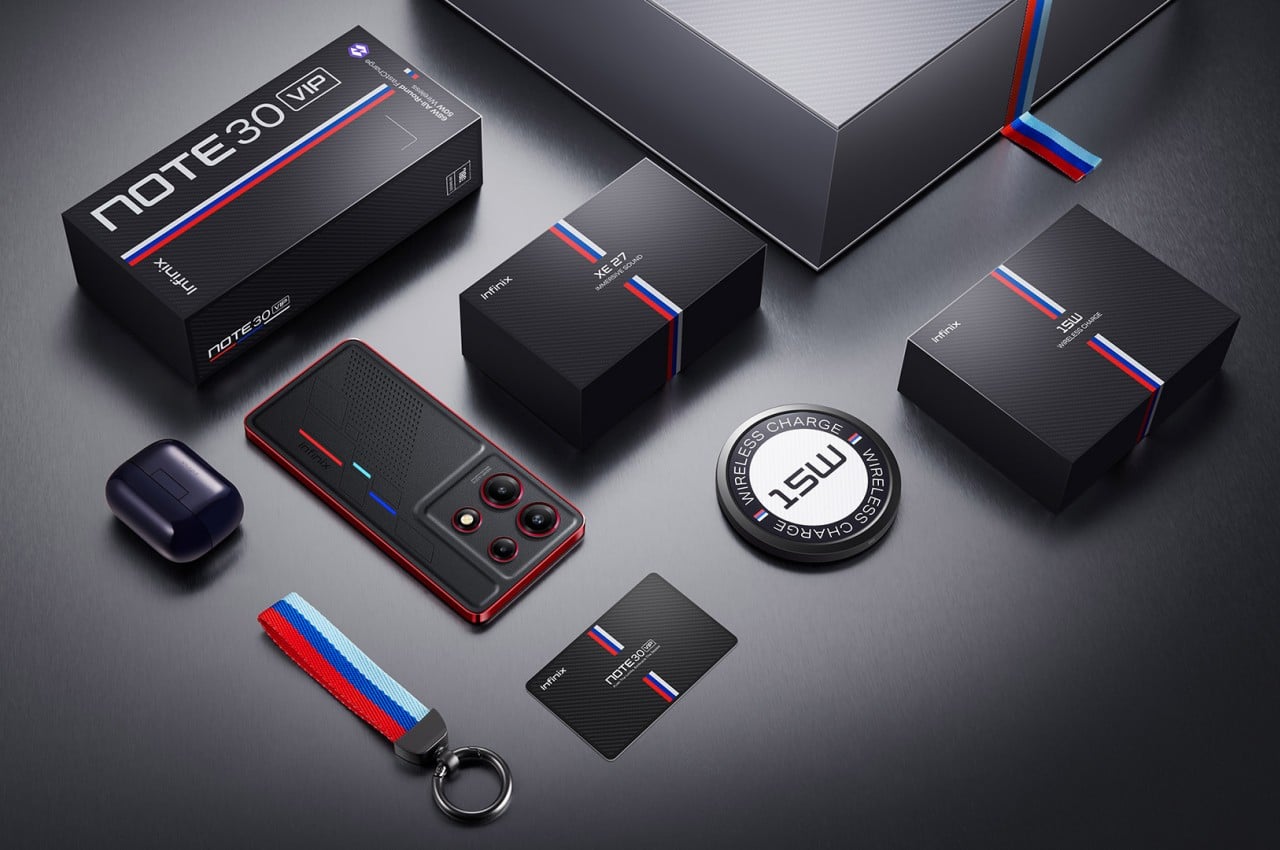

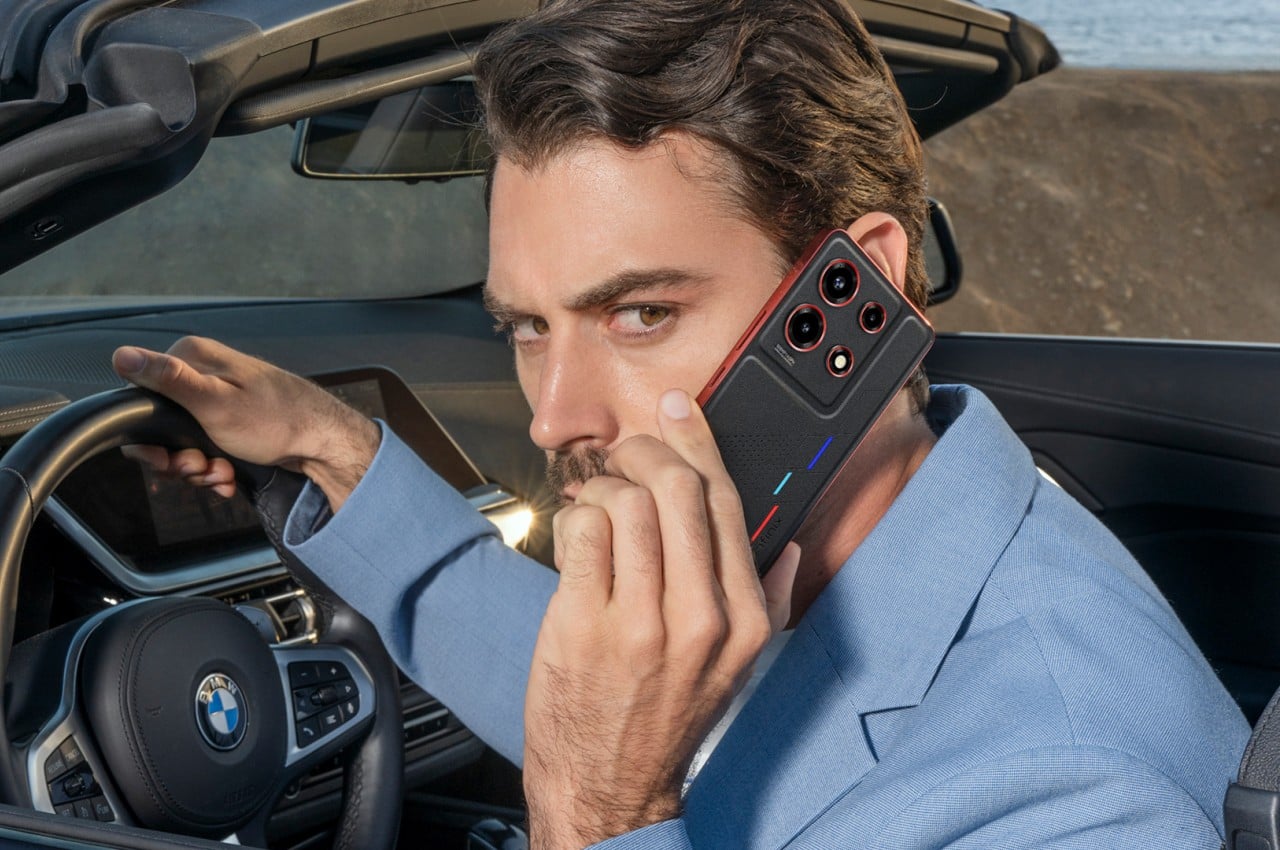
The post Infinix NOTE 30 VIP Racing Edition Review: In Pursuit of Speed and Excellence first appeared on Yanko Design.
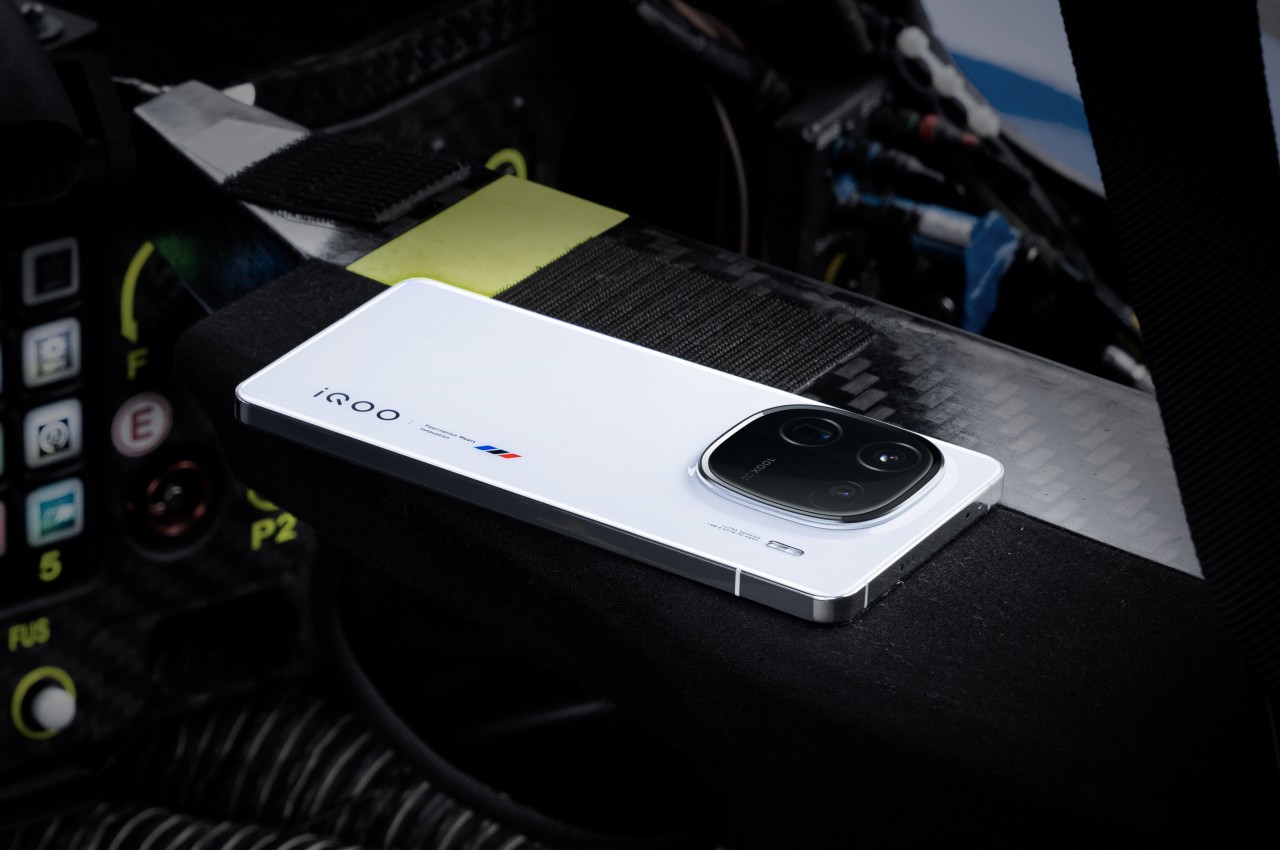
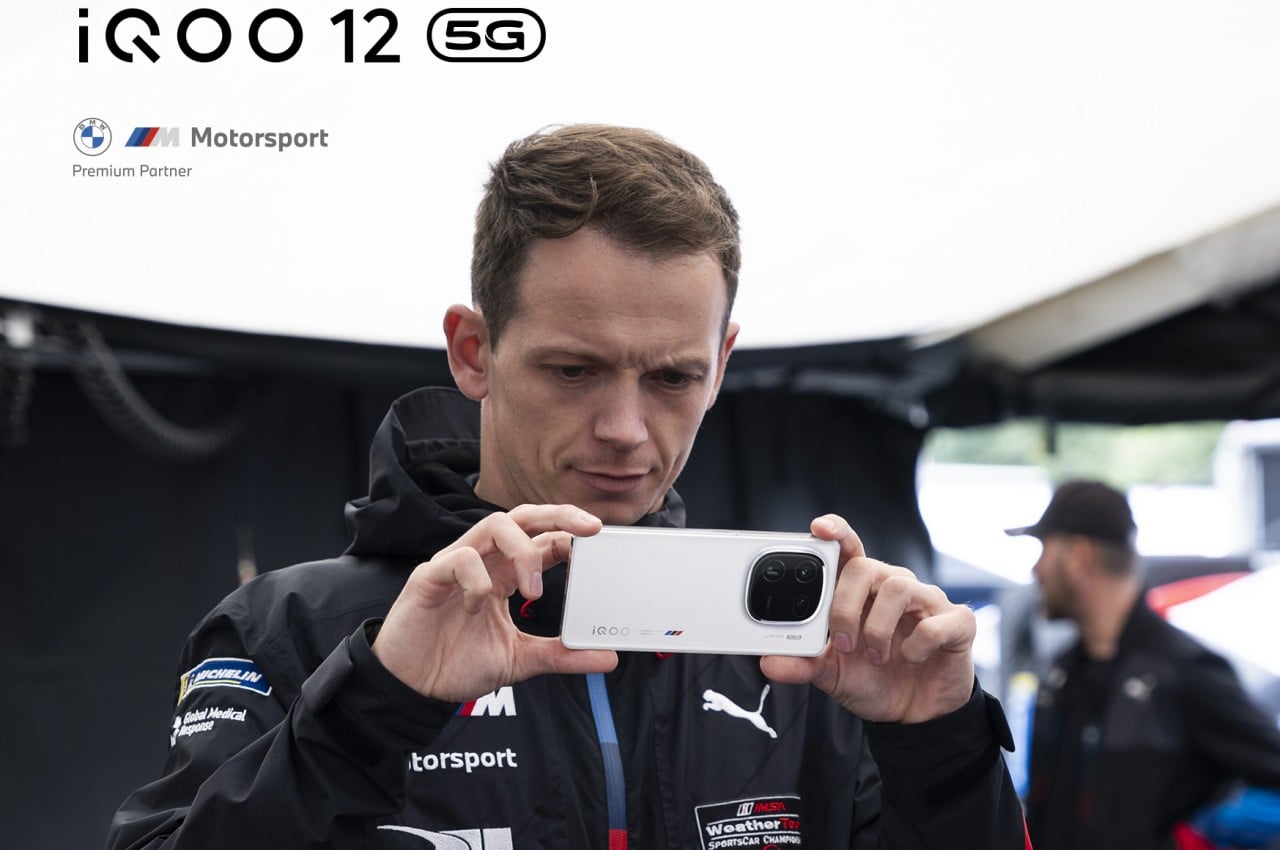
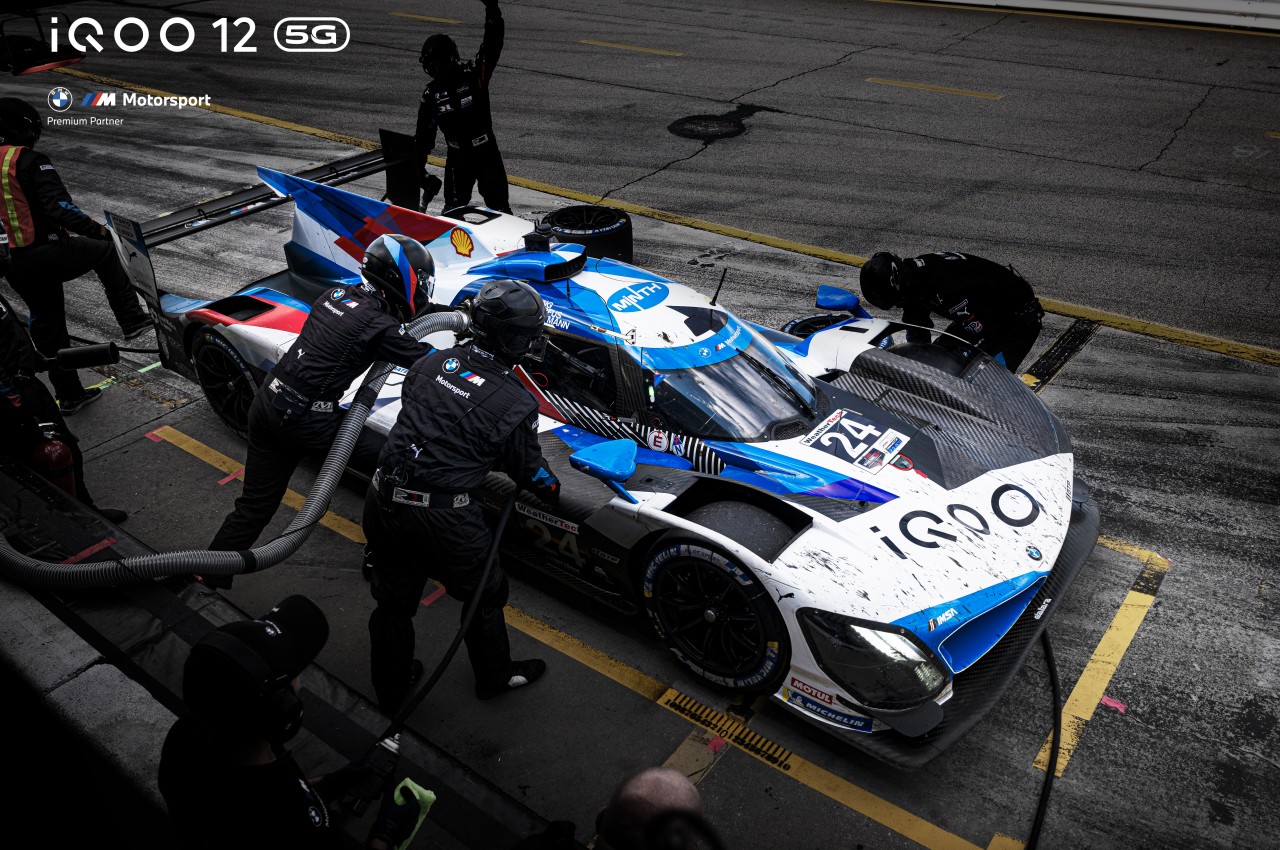
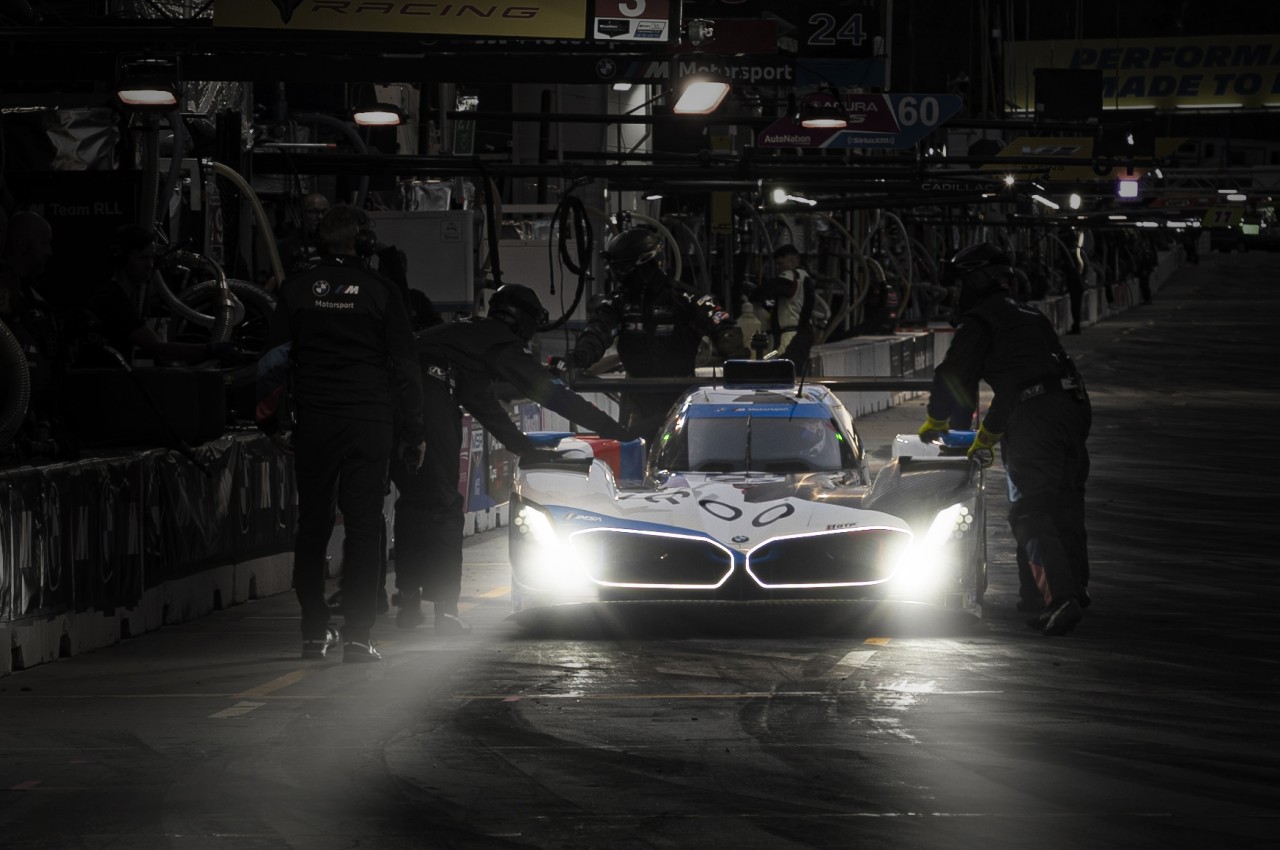
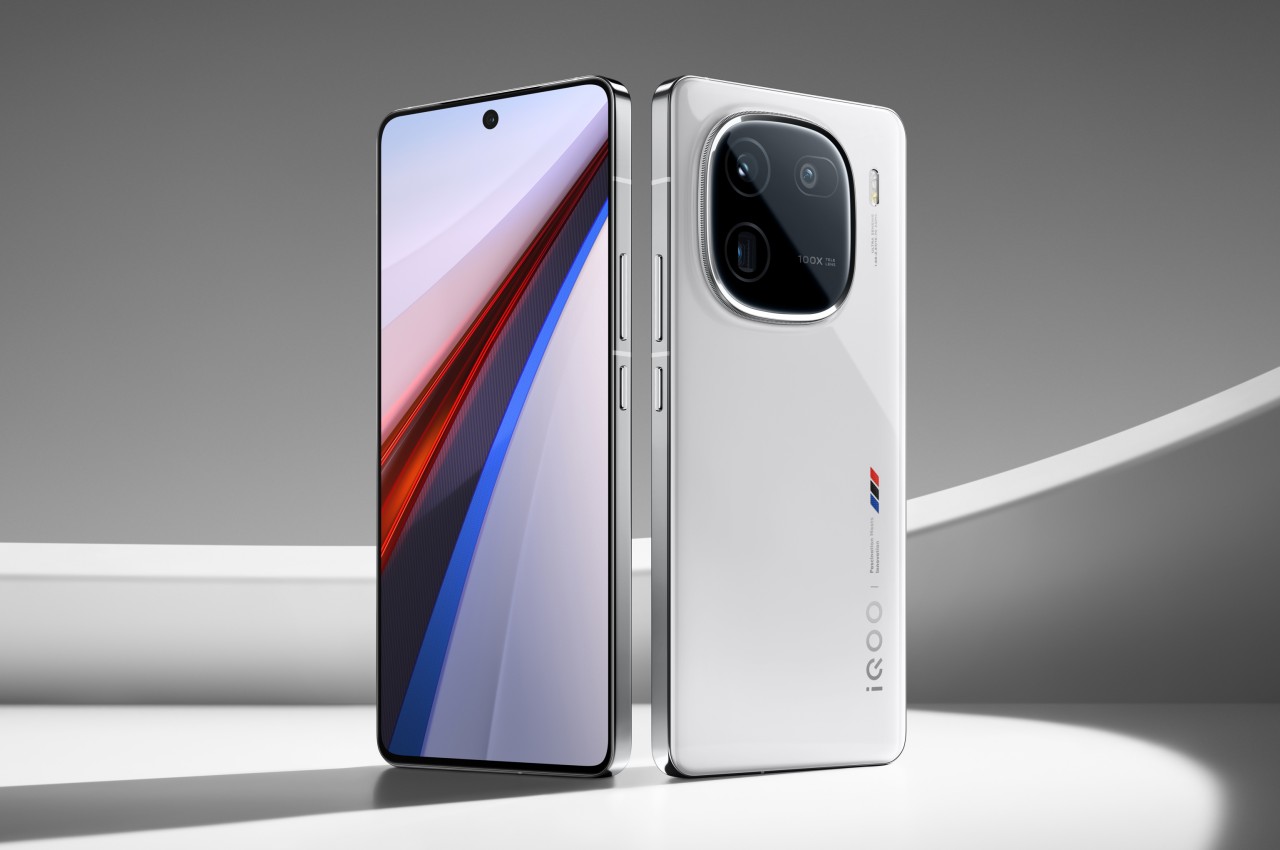
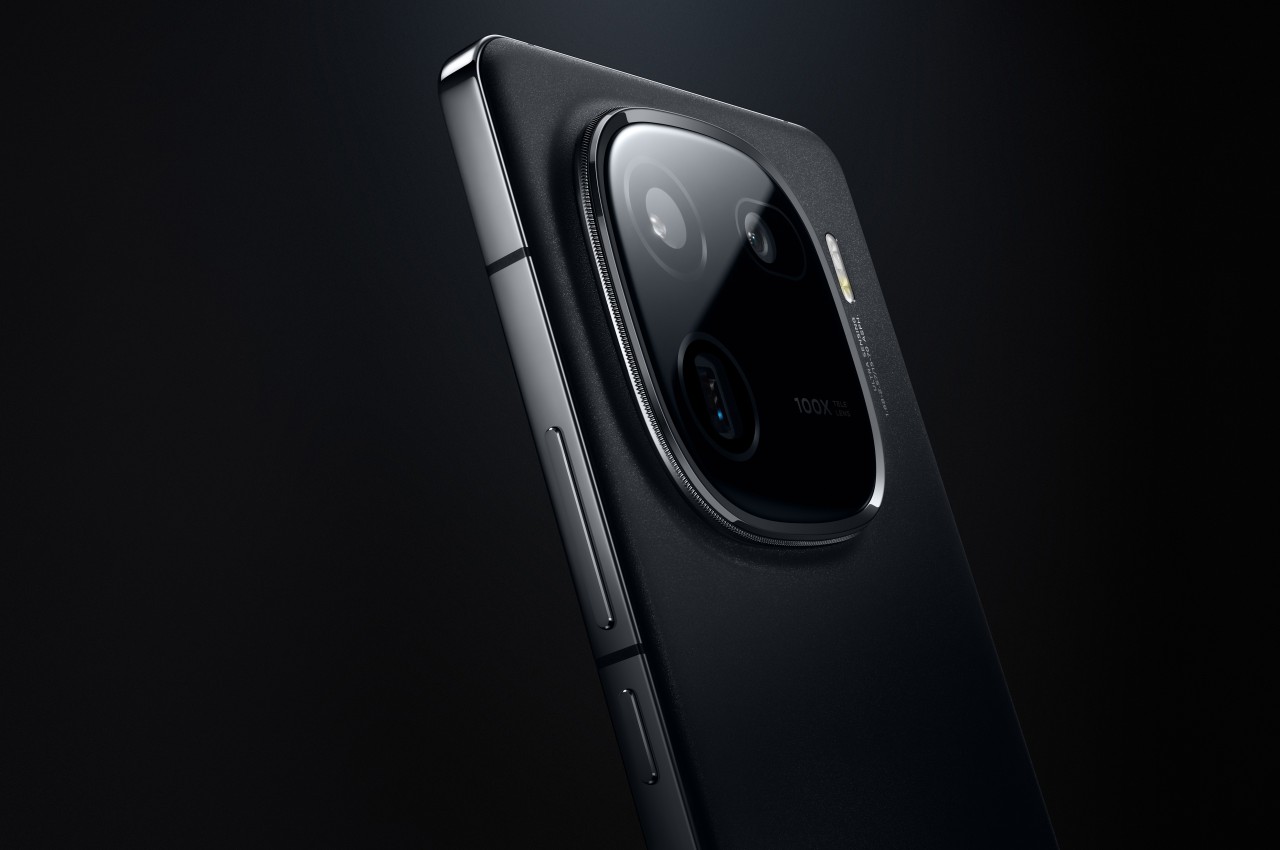
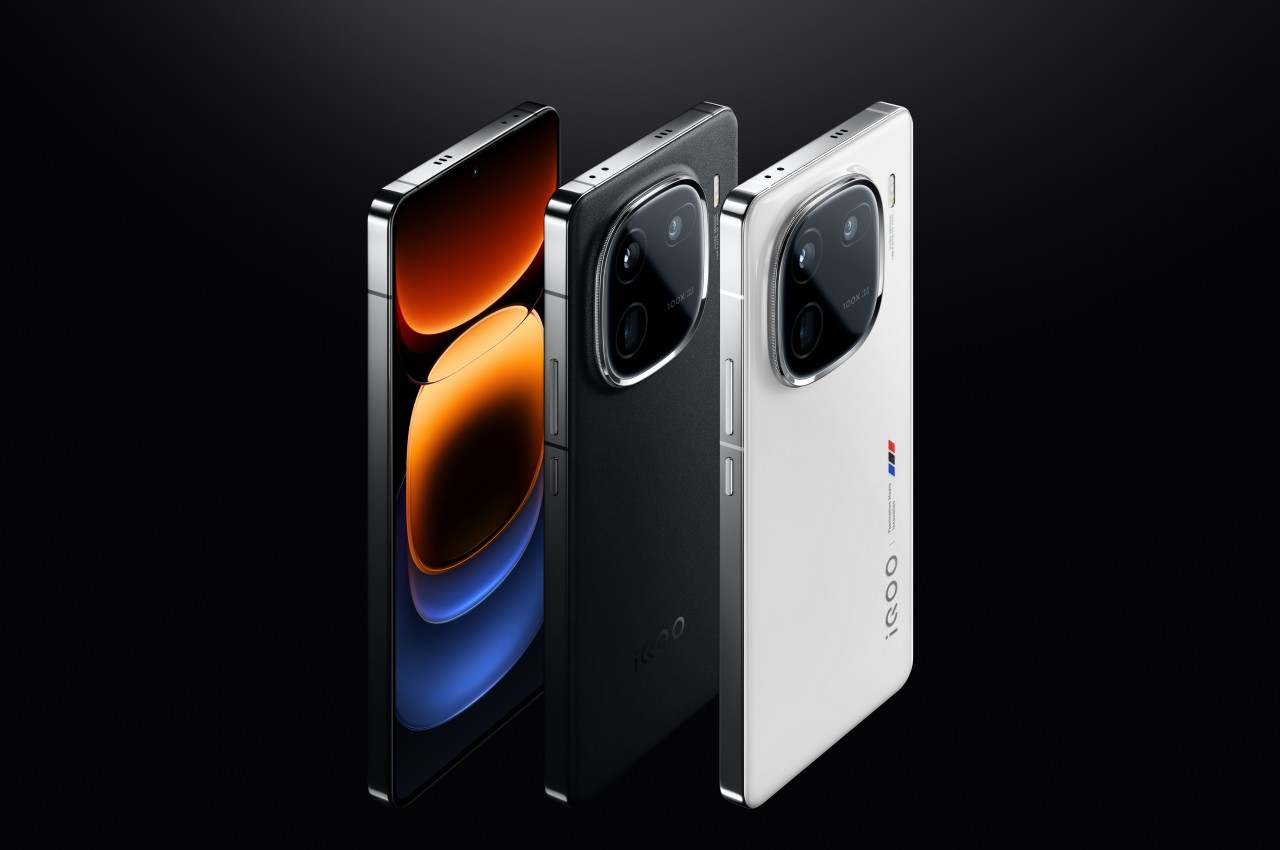
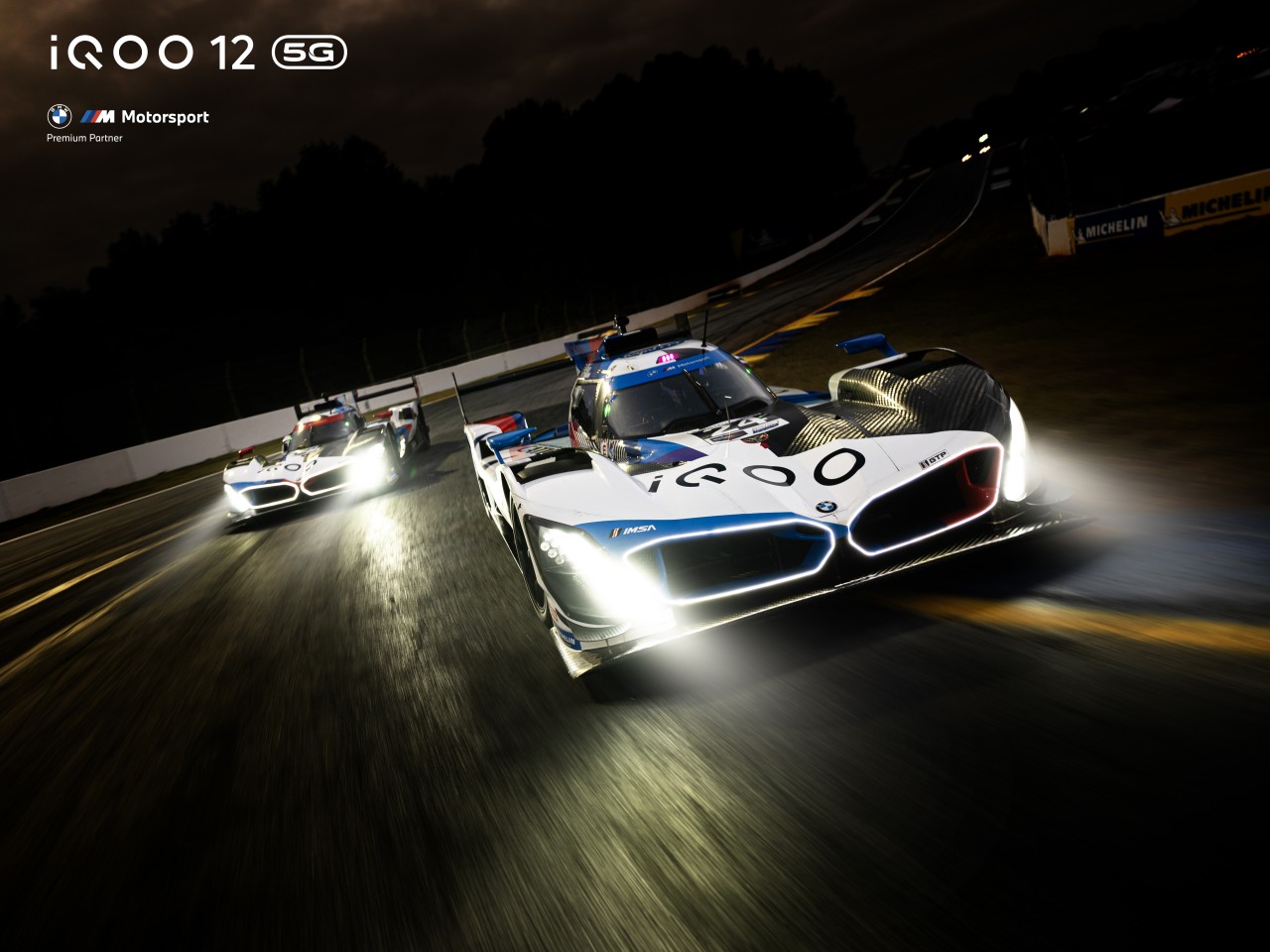
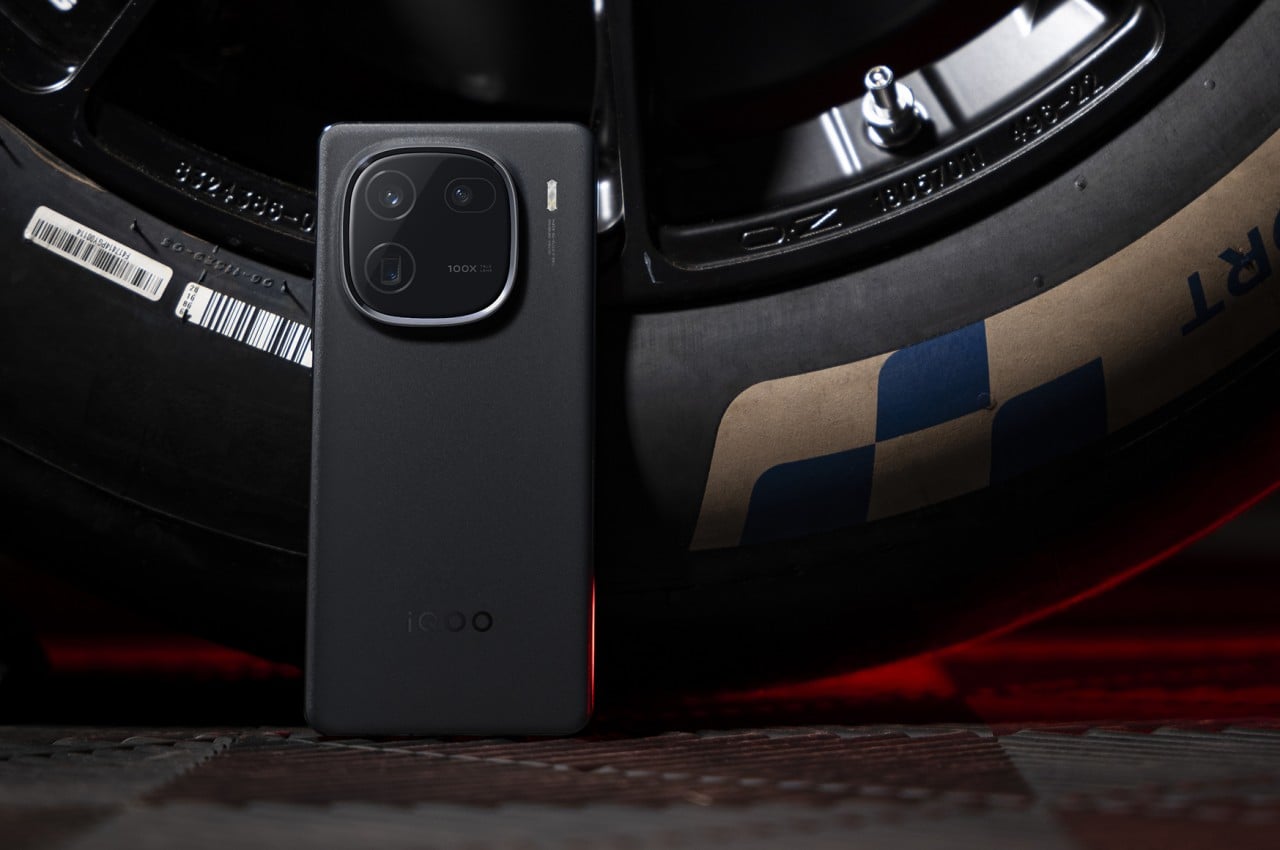





















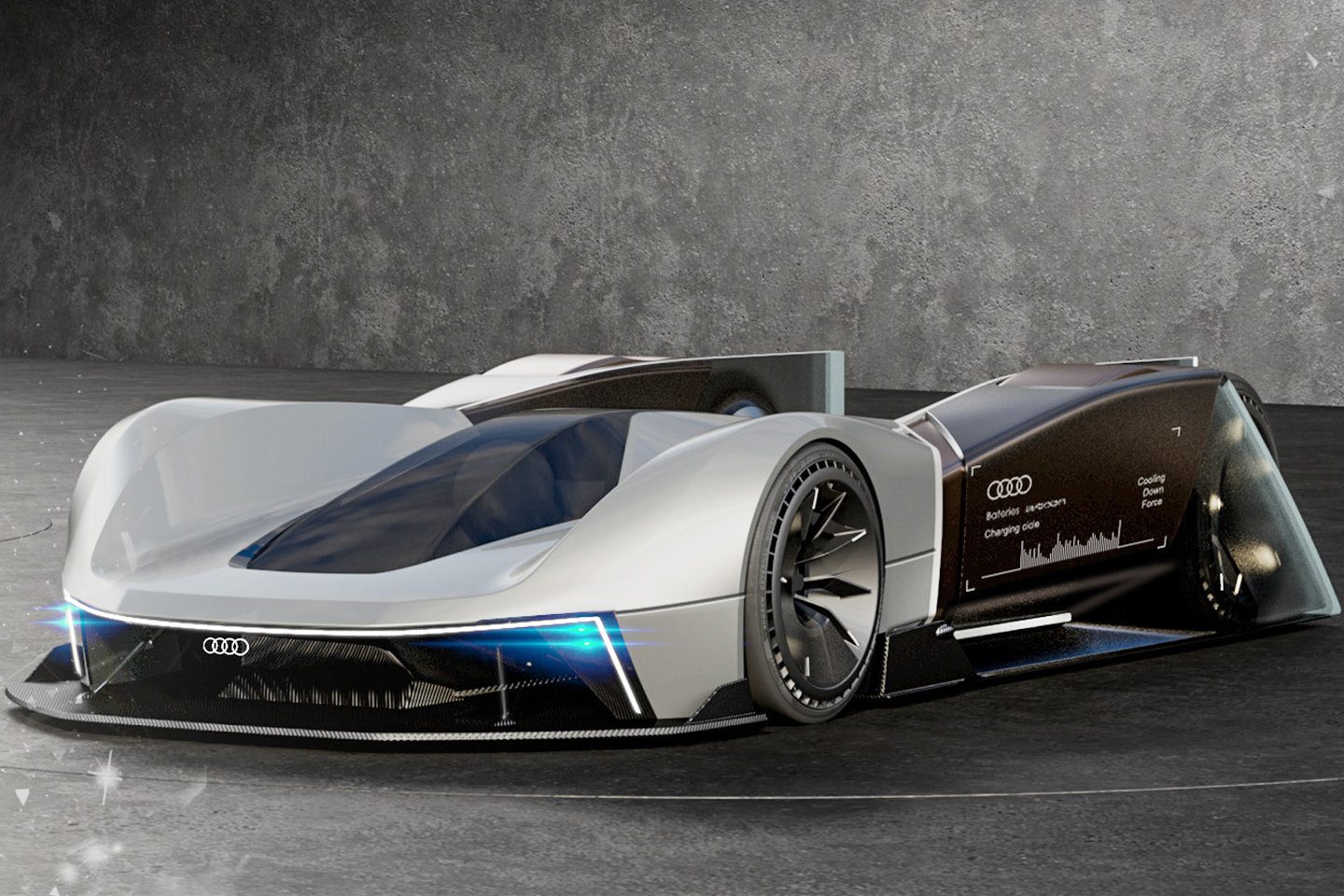
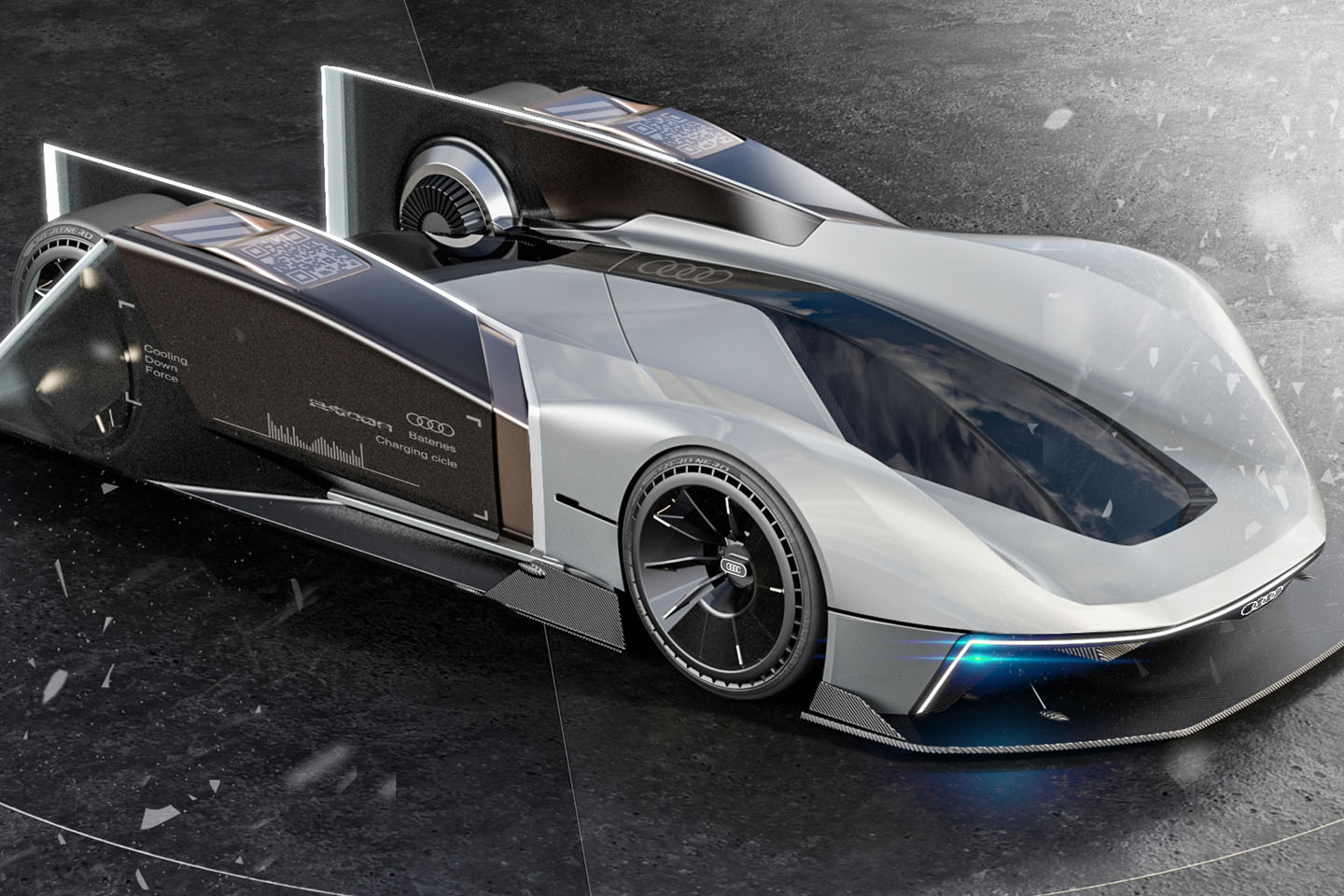
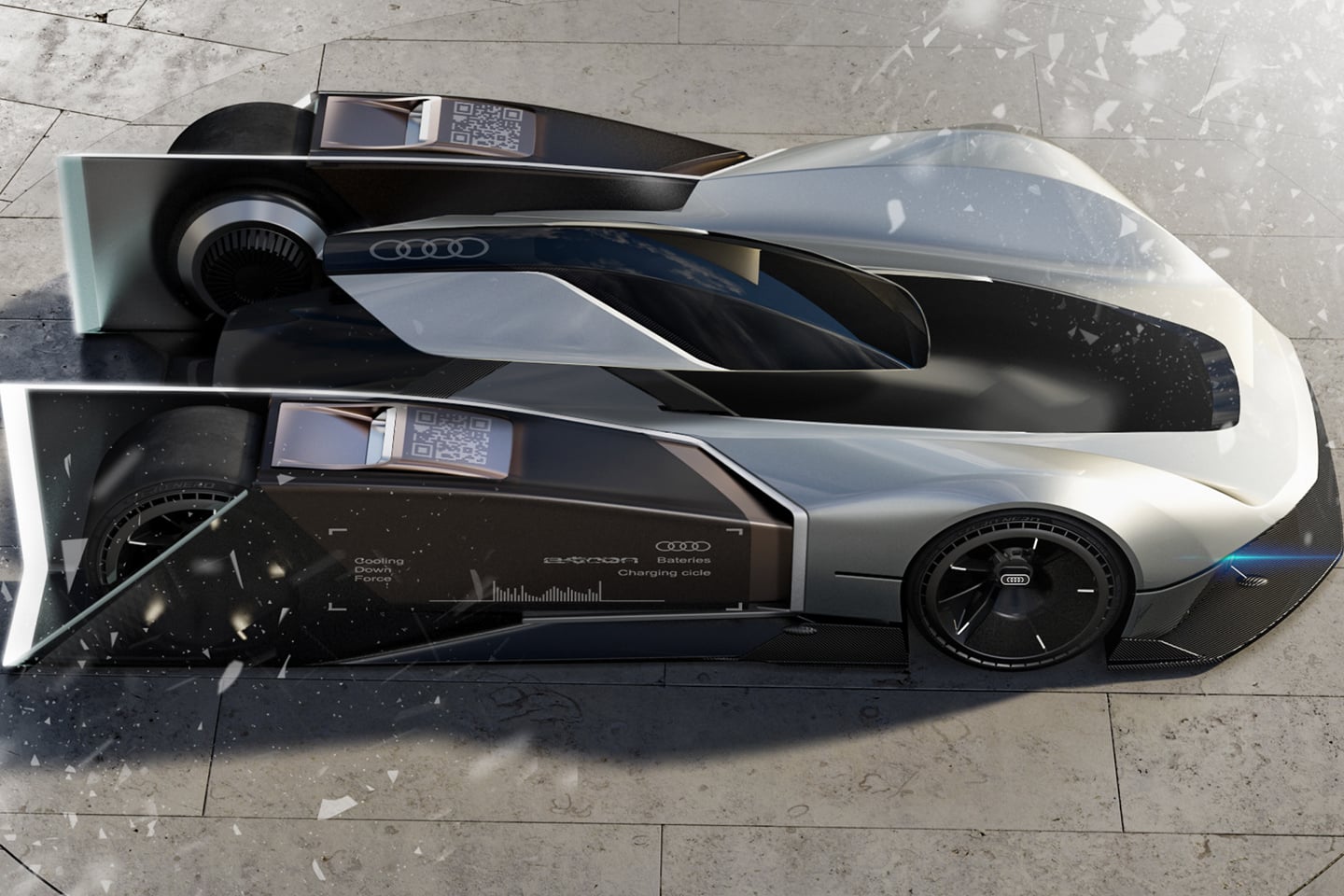
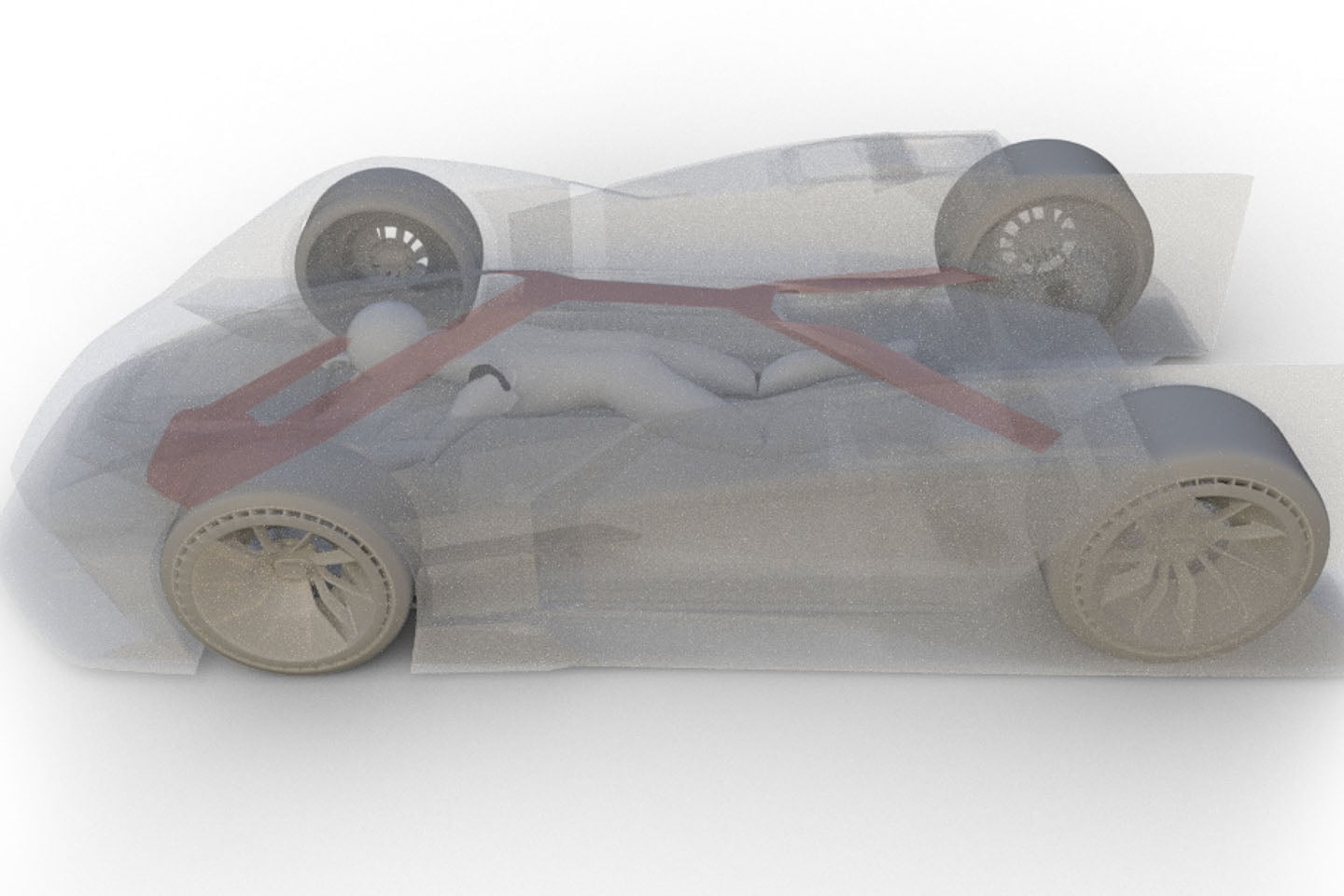
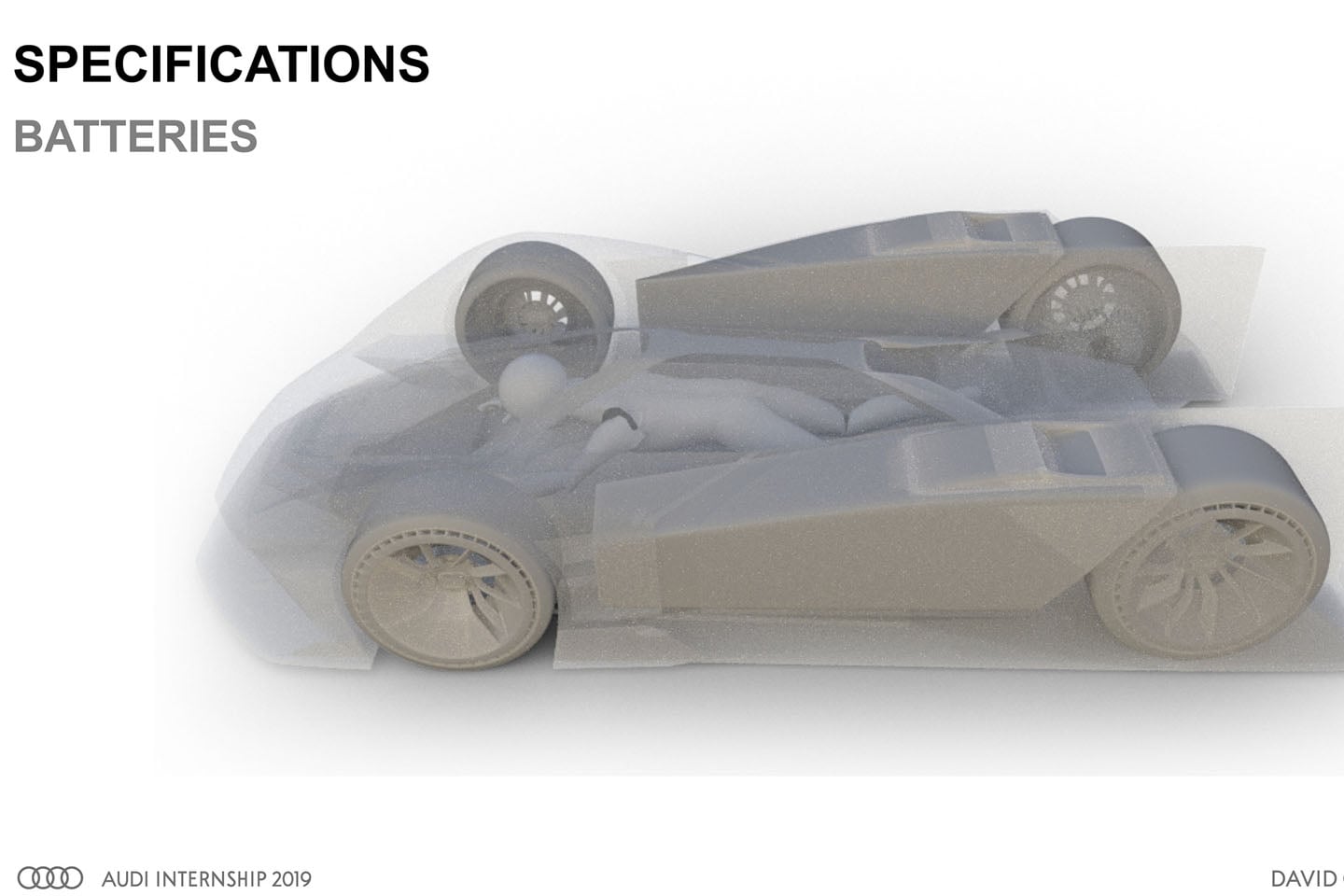
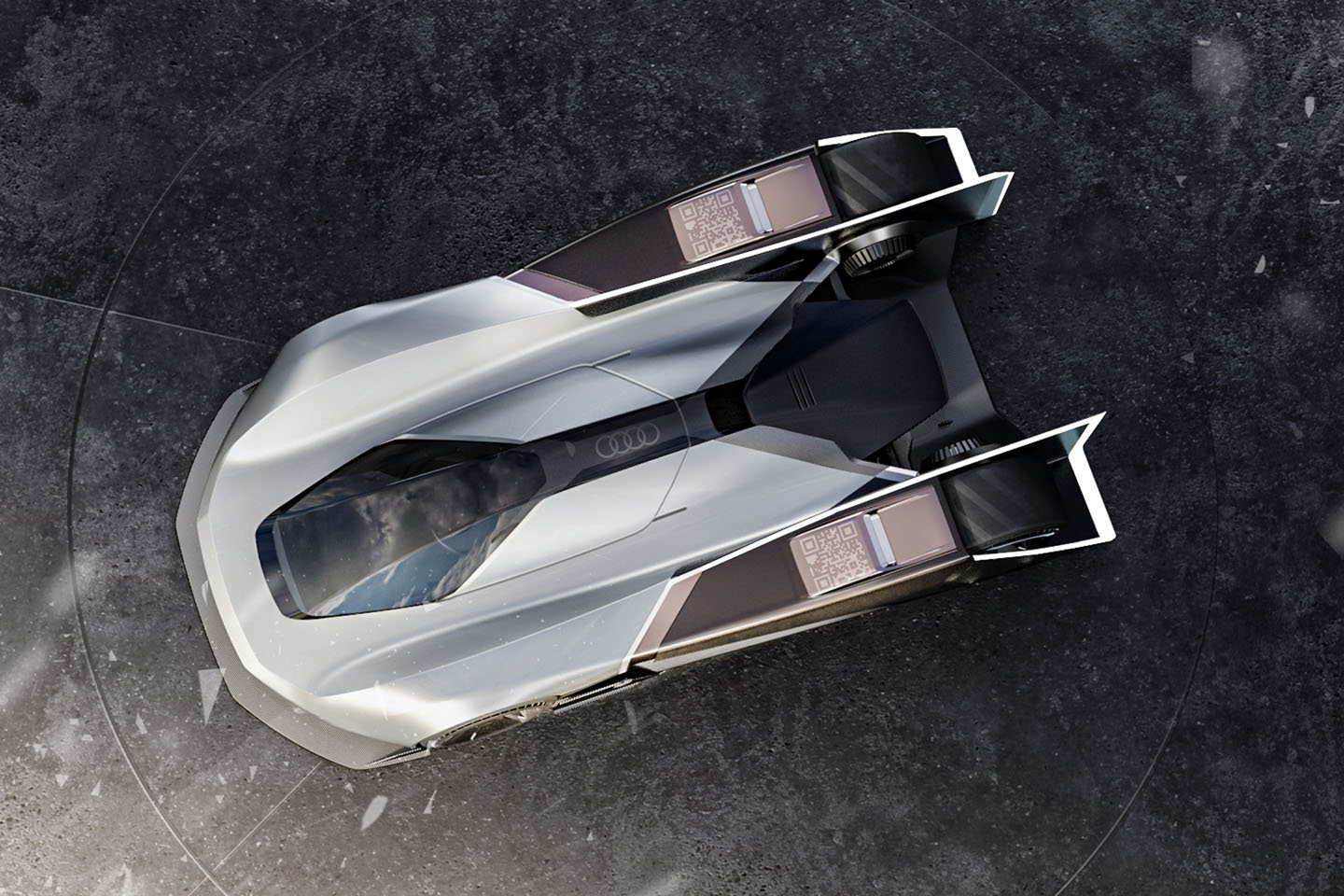
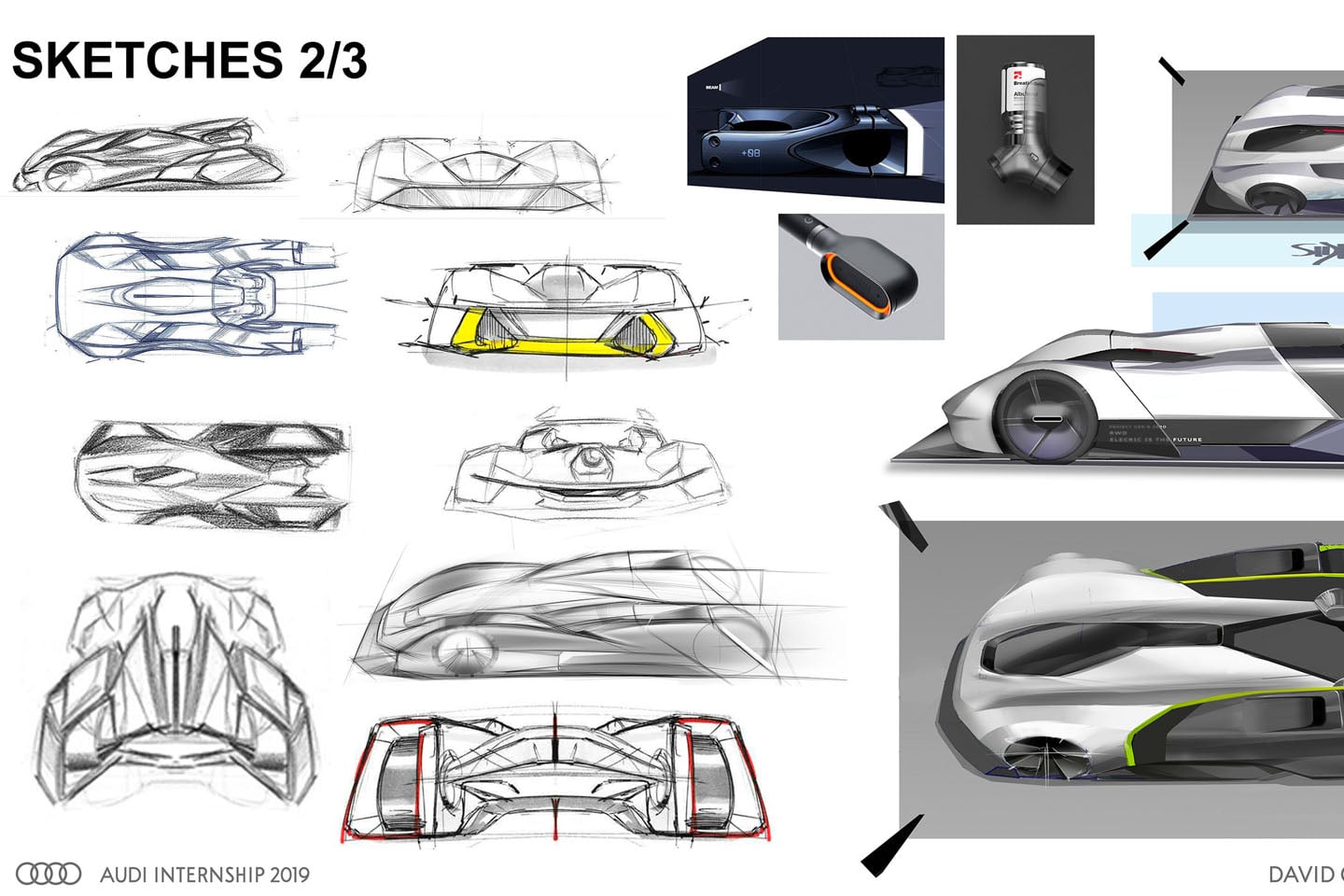
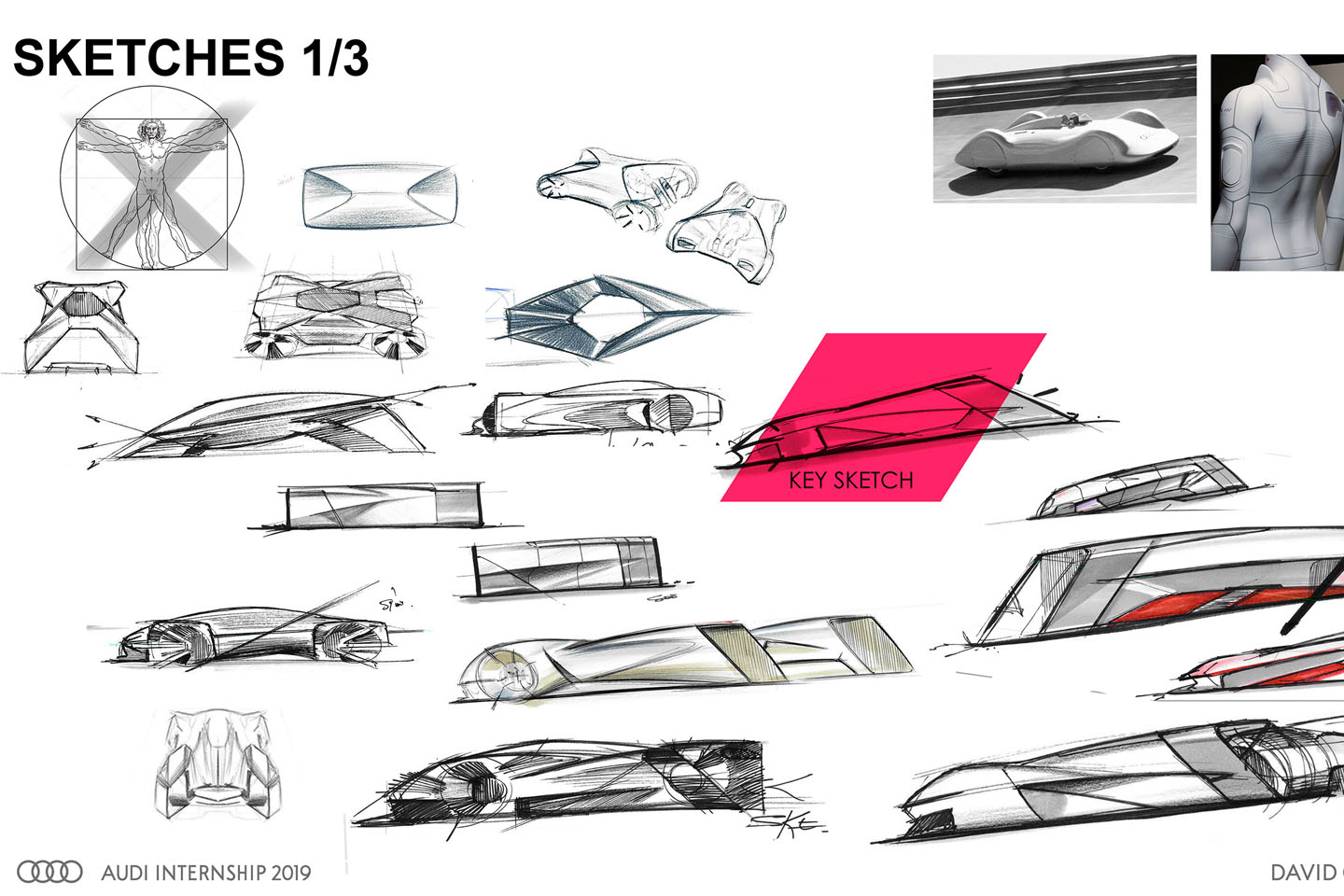
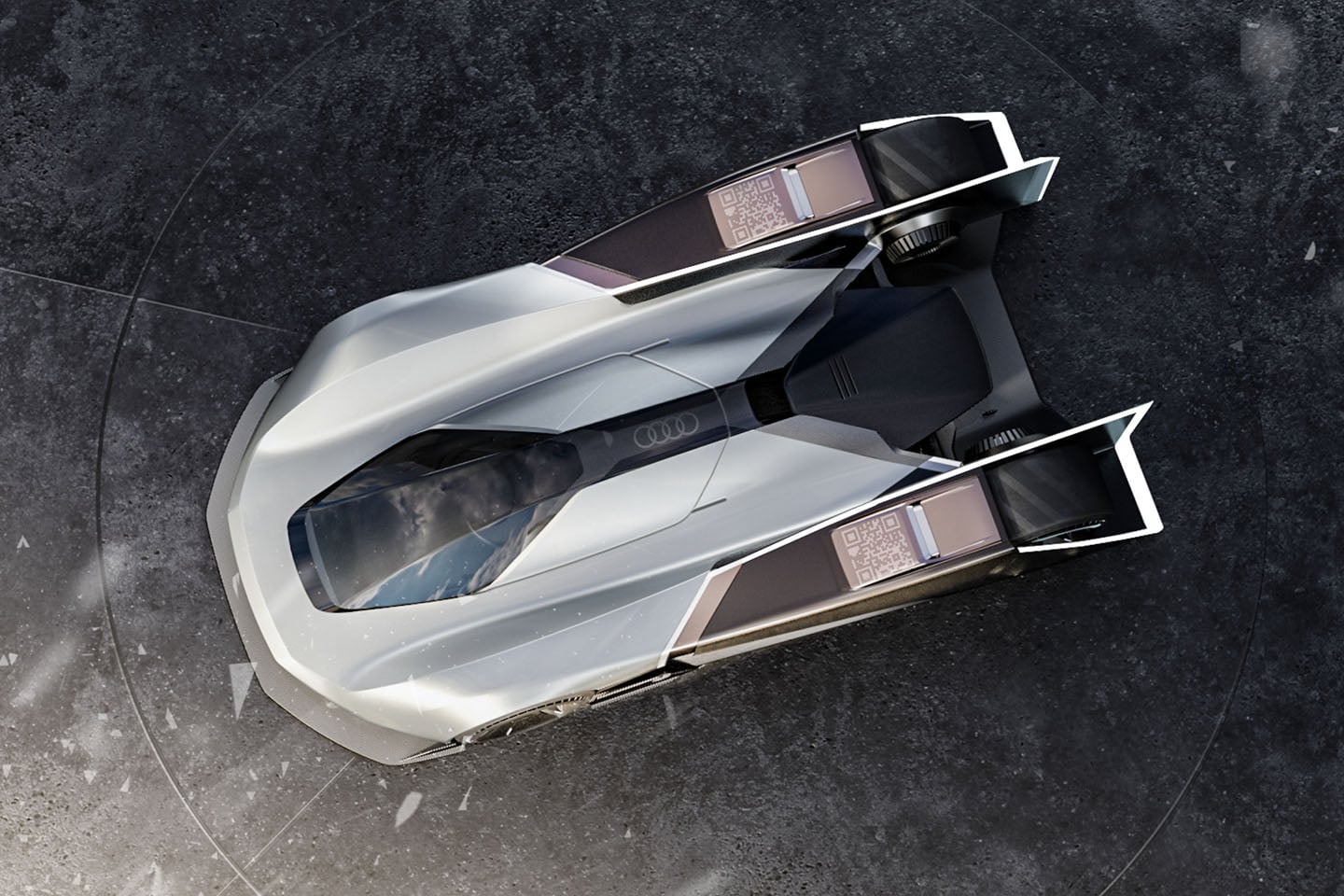
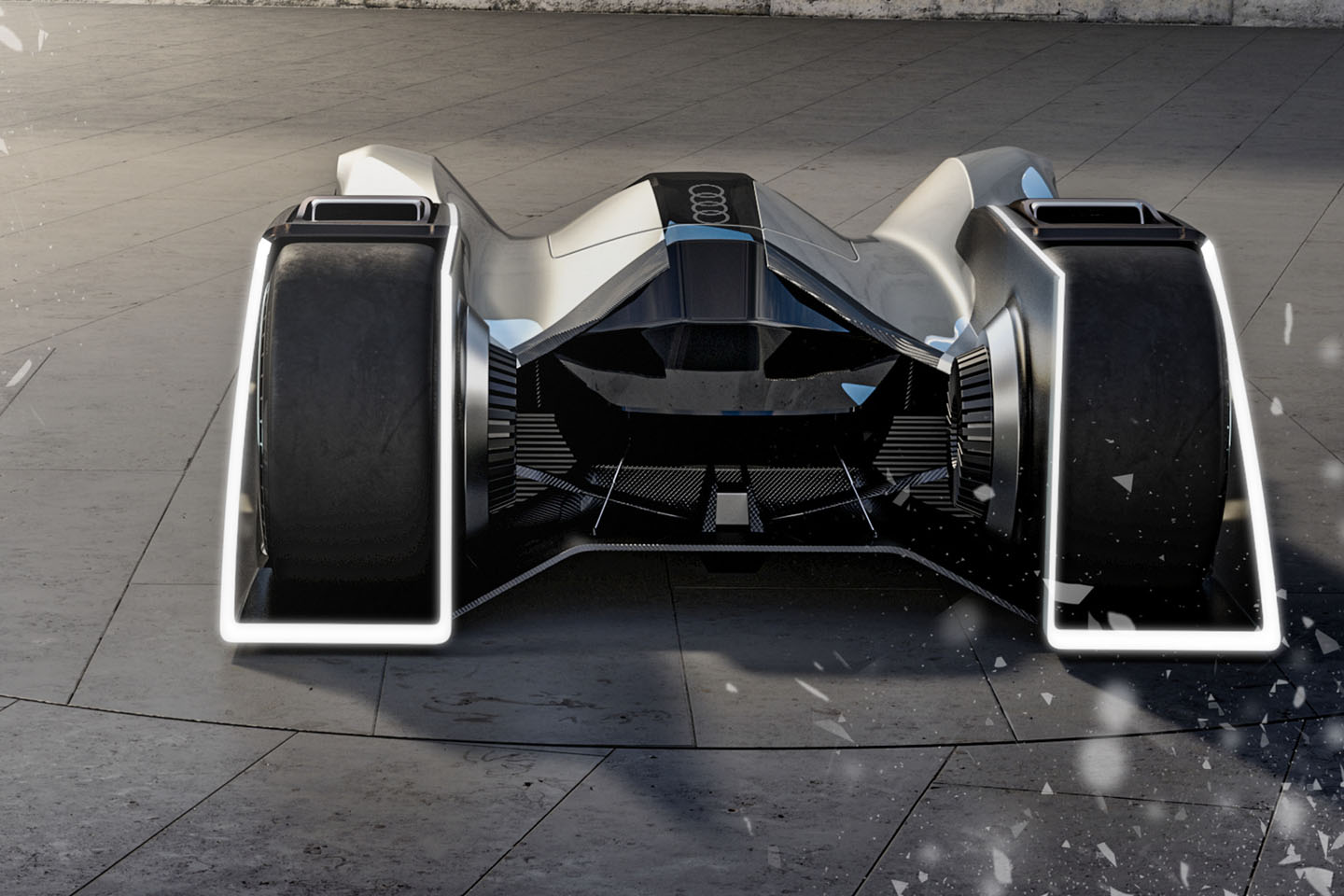




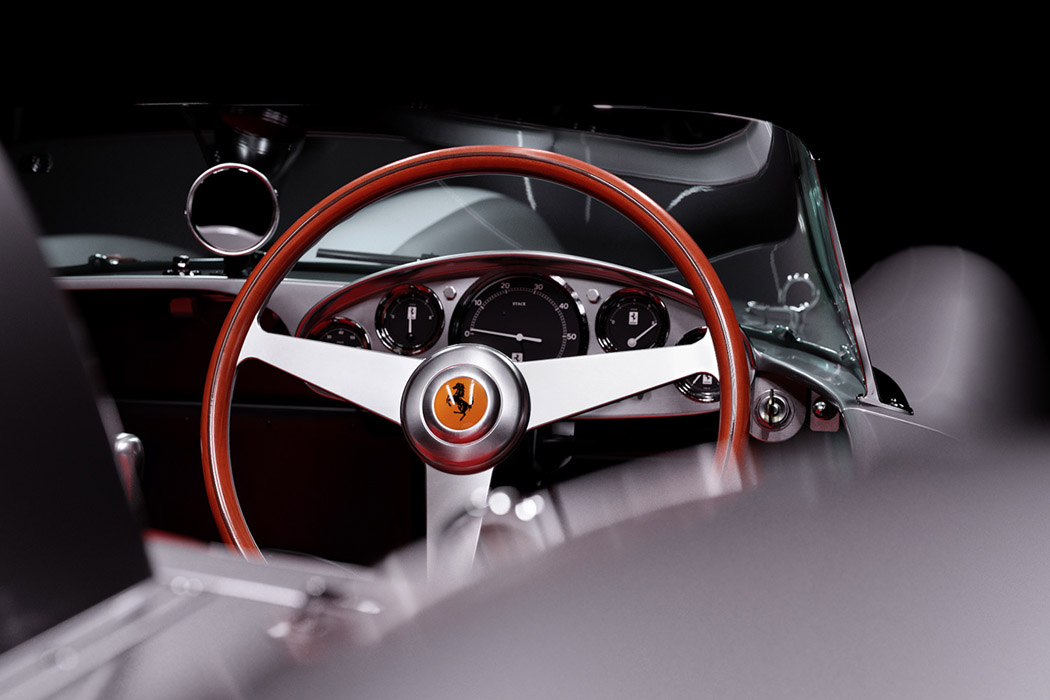
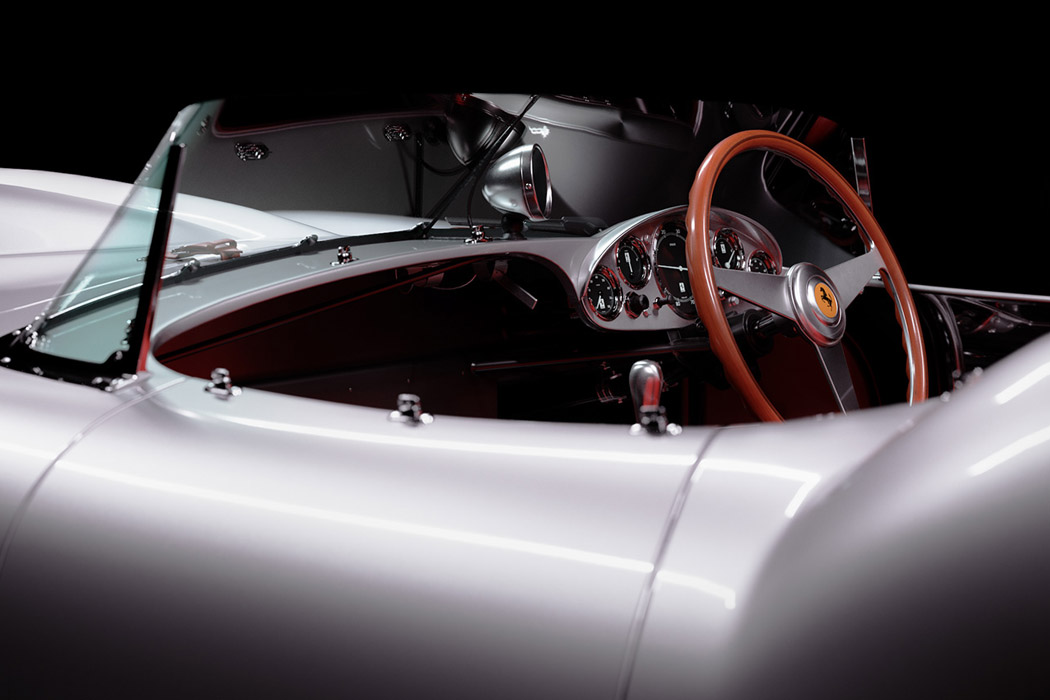

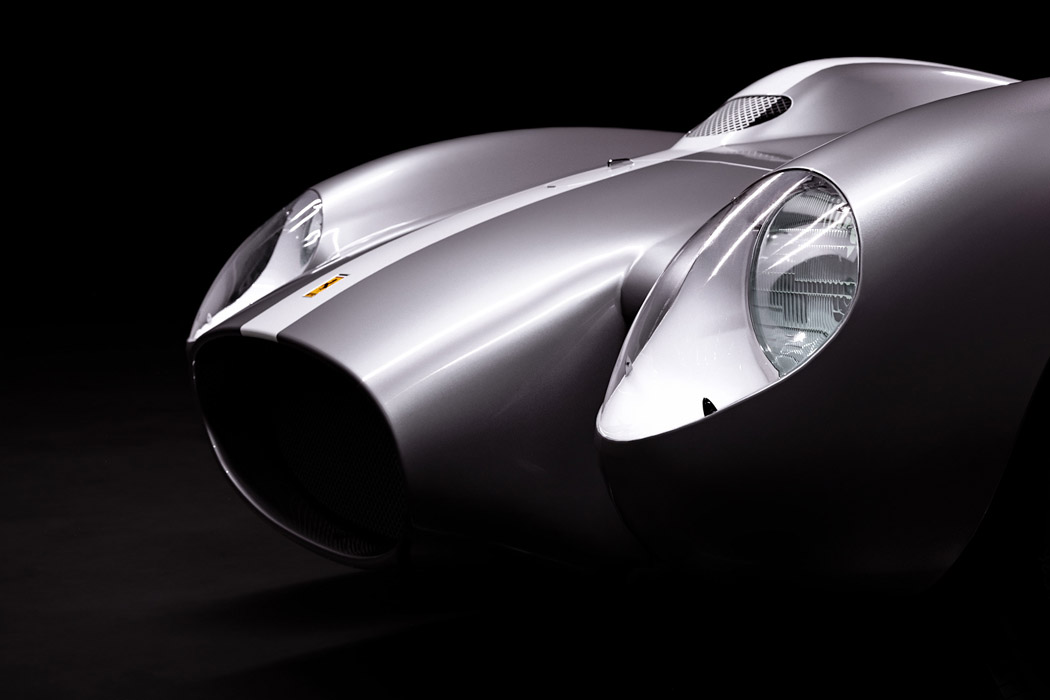
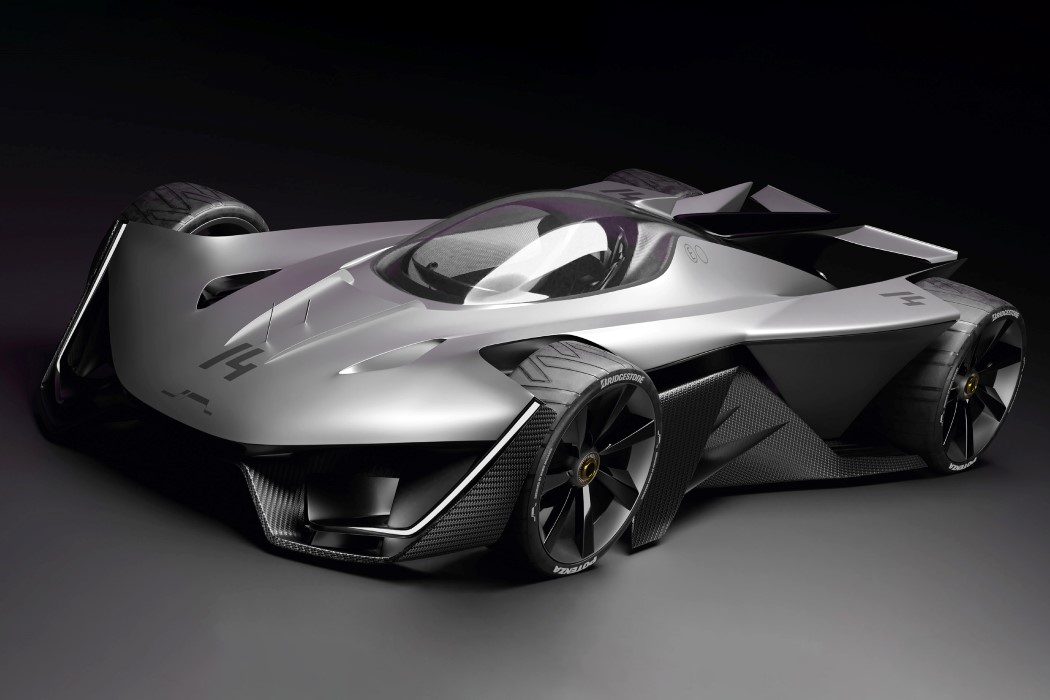
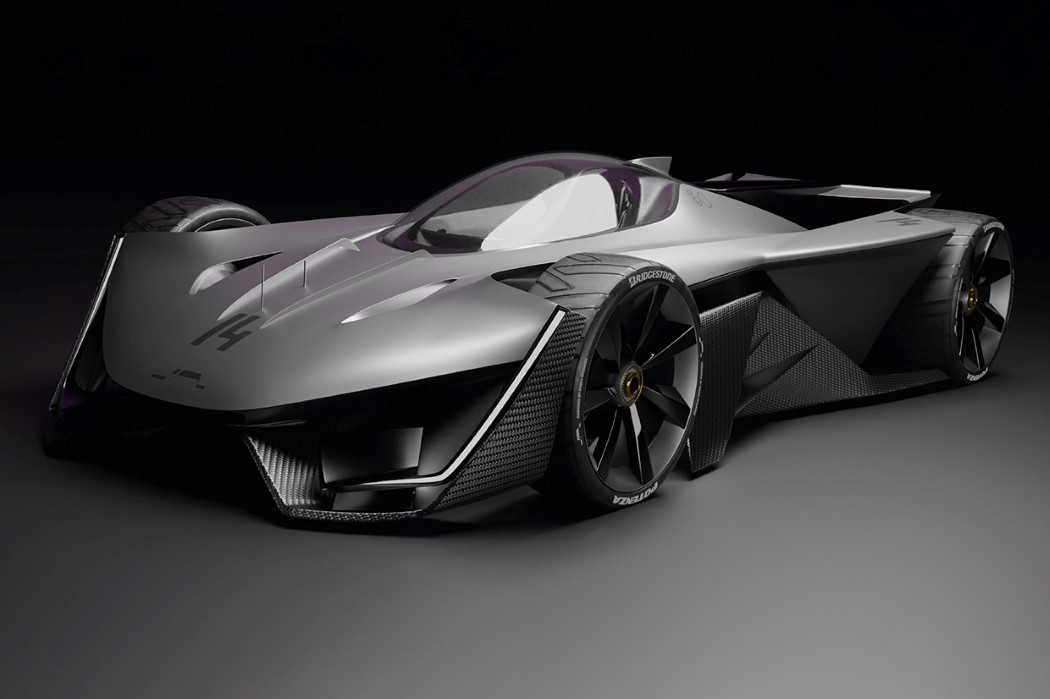
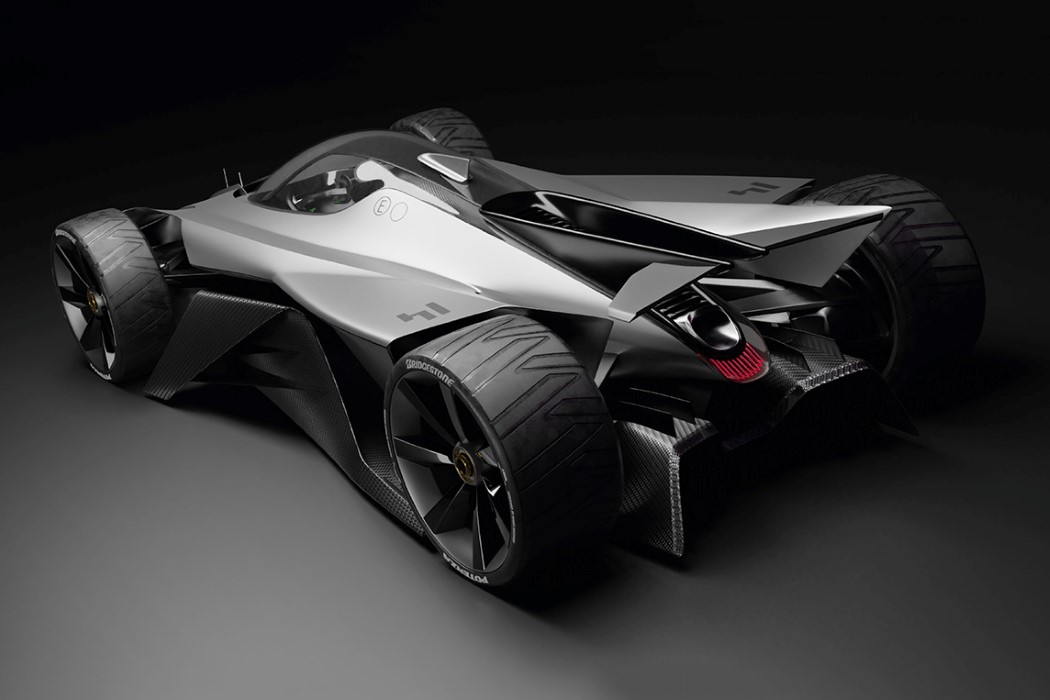
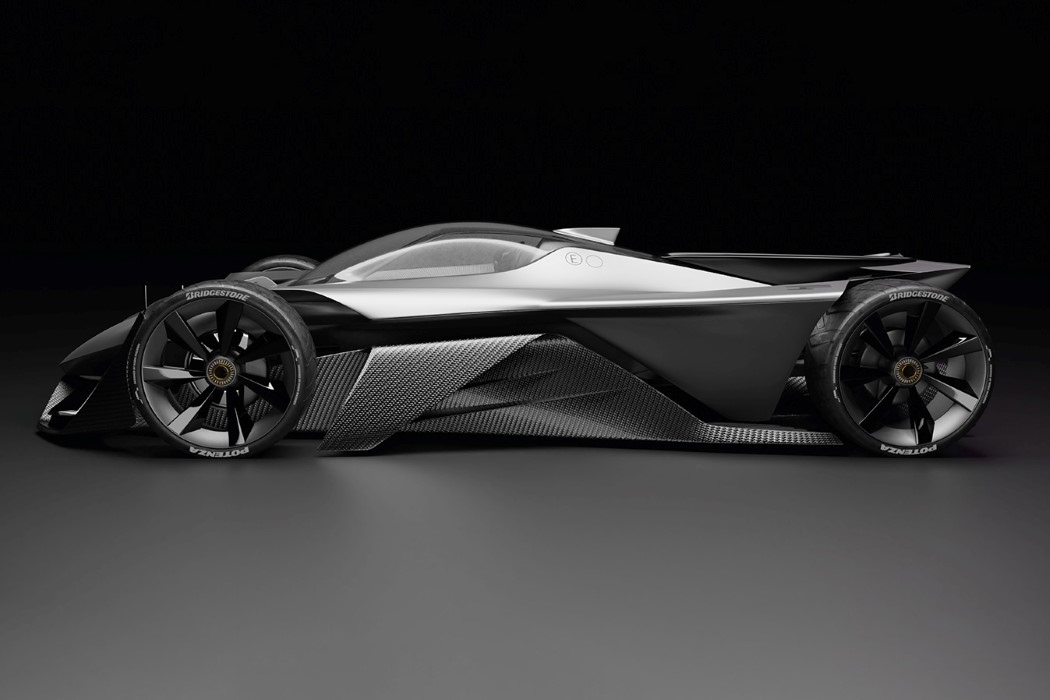
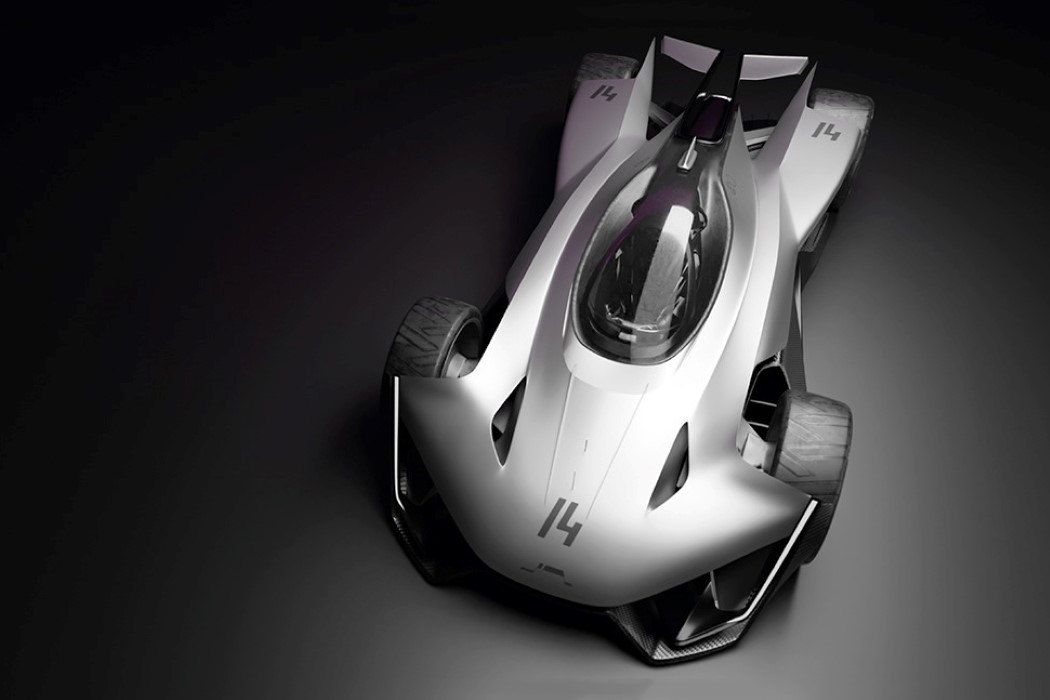
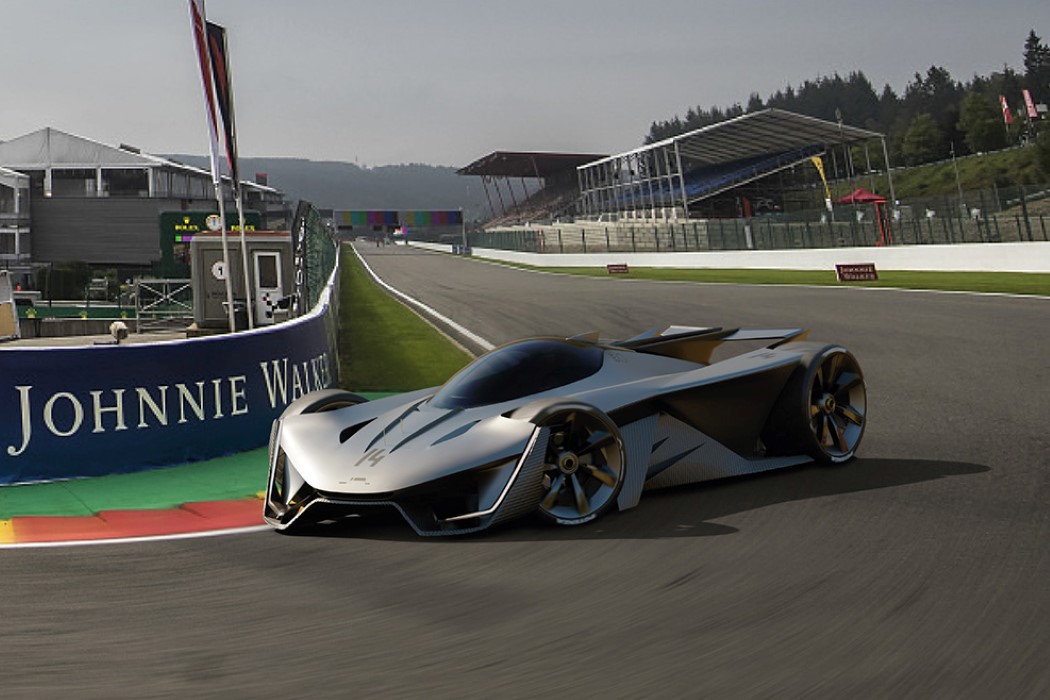
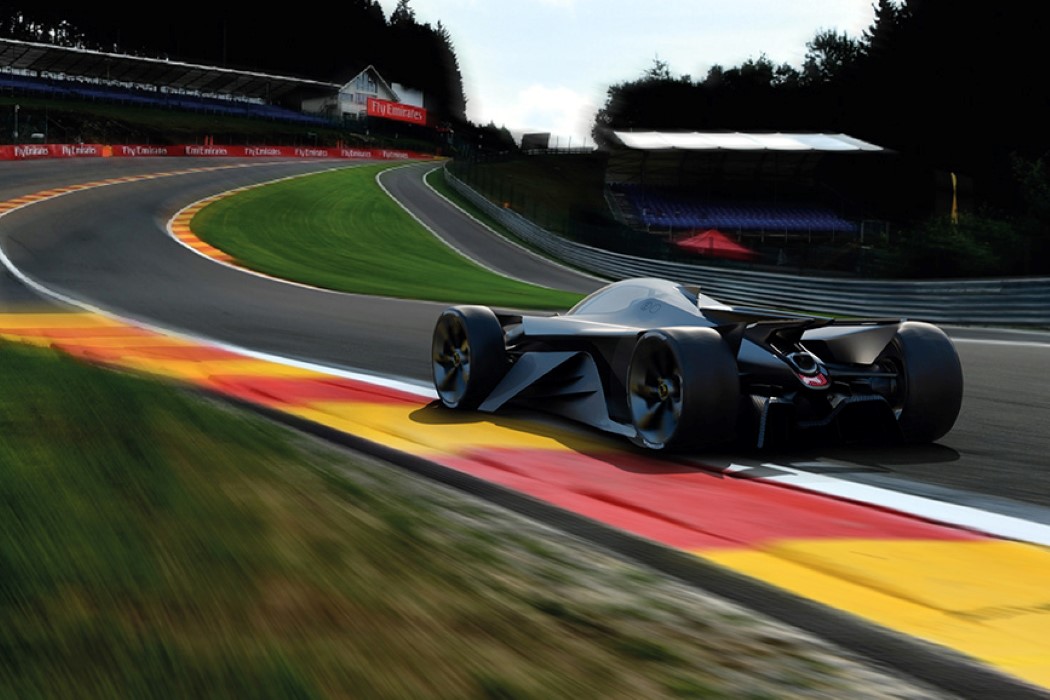
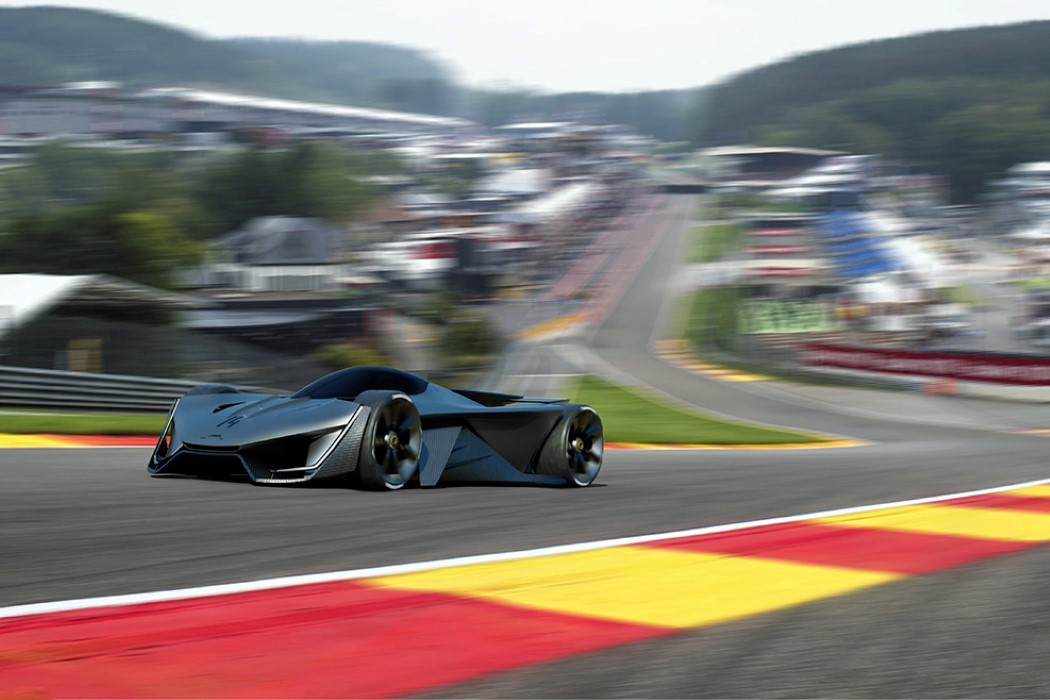
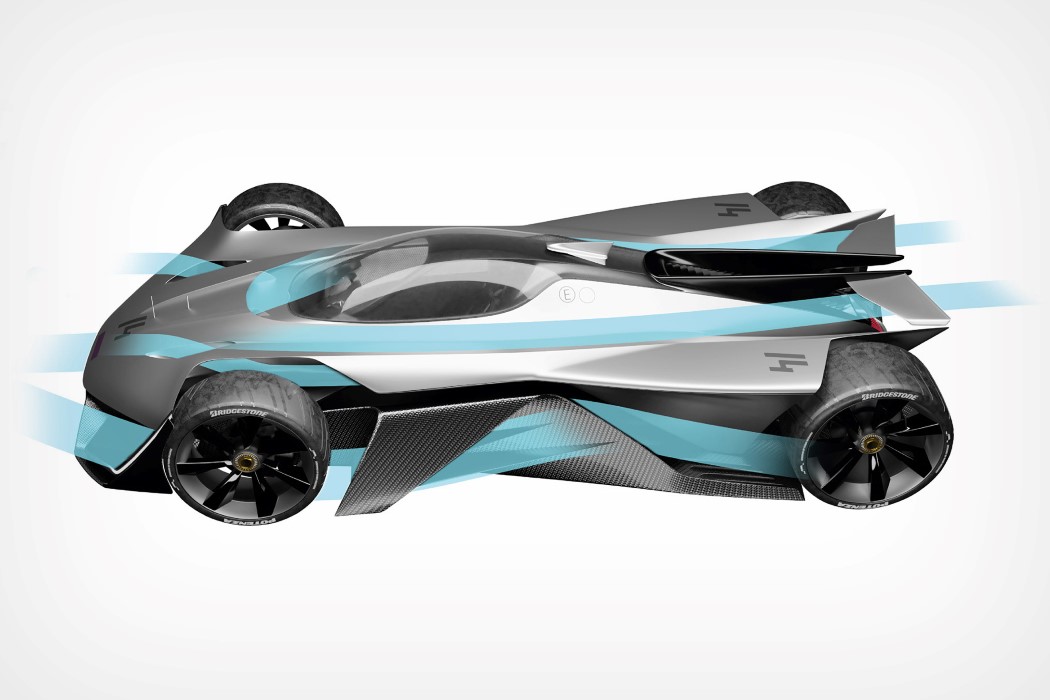
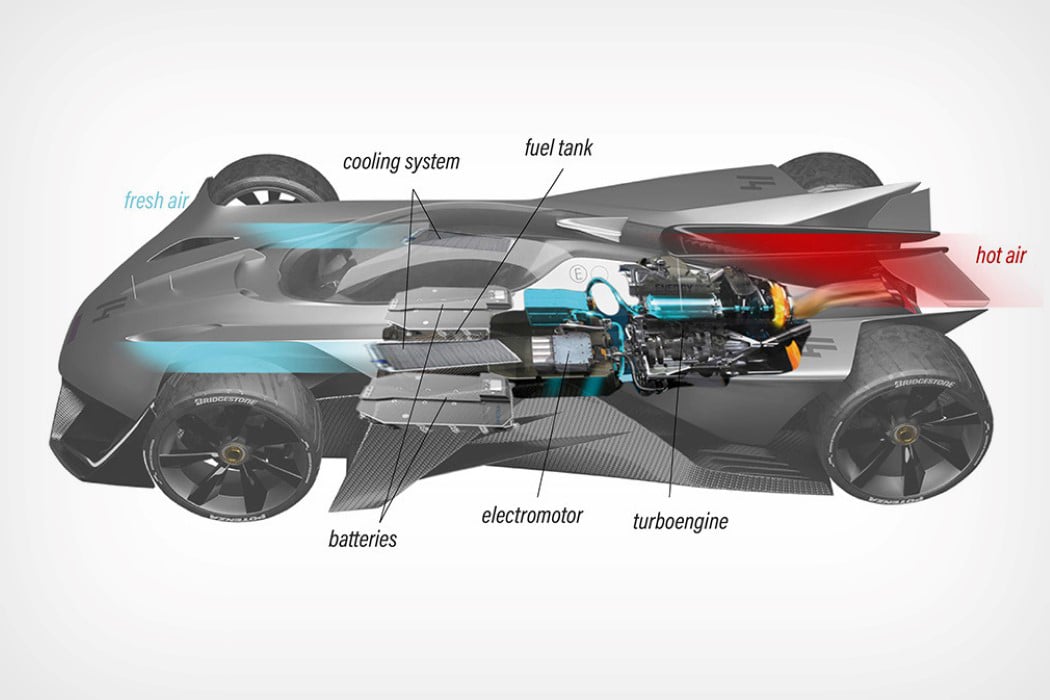













 NASCAR has been talking about hybrids for a while, but it has kept quiet about a timeline. Now, the association says hybrid tech could show up in its vehicles by 2022. "We travel the world visiting other sanctioning bodies and are not ignorant to the...
NASCAR has been talking about hybrids for a while, but it has kept quiet about a timeline. Now, the association says hybrid tech could show up in its vehicles by 2022. "We travel the world visiting other sanctioning bodies and are not ignorant to the...
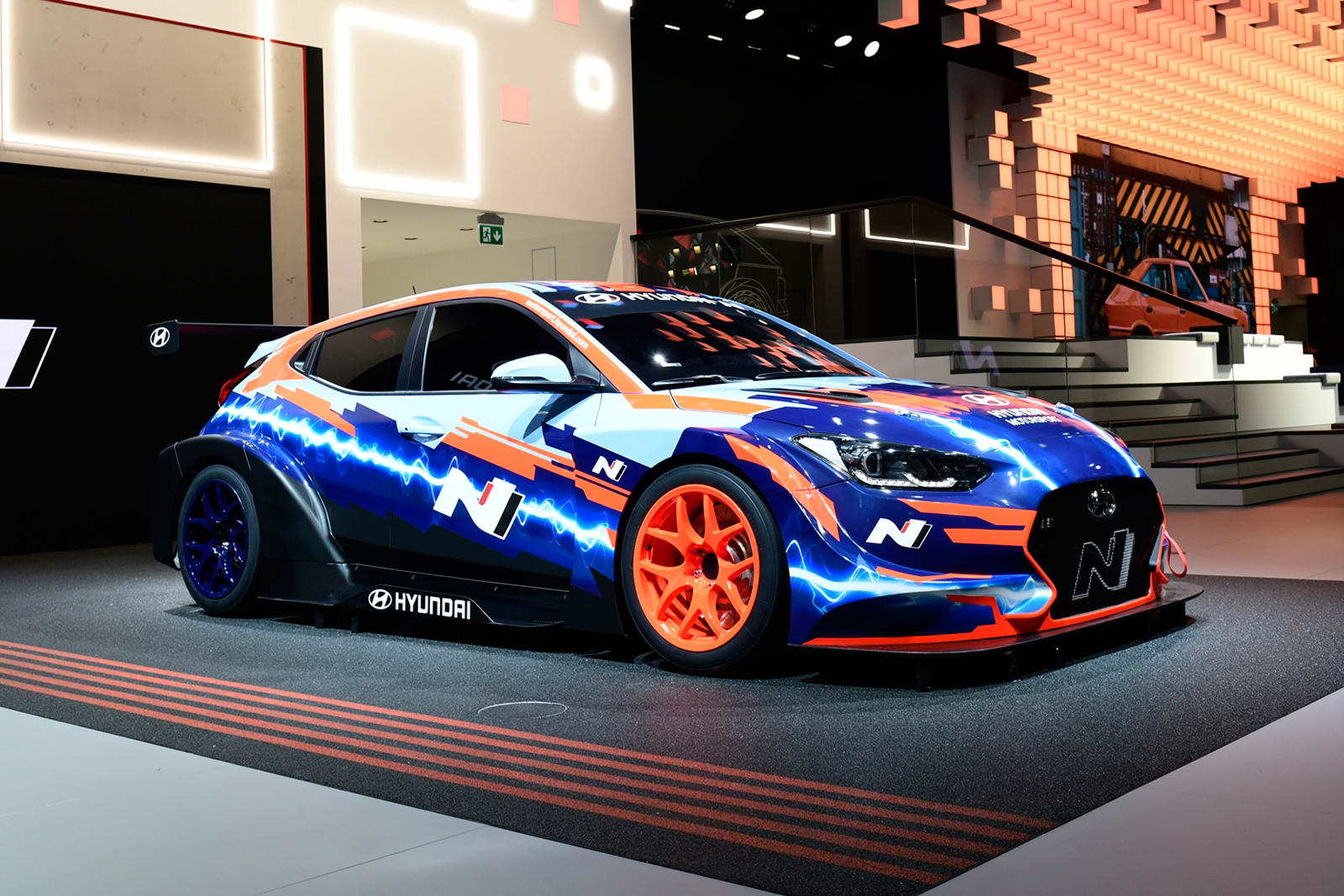 Hyundai is joining the ranks of automakers with electric race cars -- if in a somewhat predictable way. The company has started work on the Veloster N ETCR, a race-tuned EV edition of the Veloster N built for its namesake ETCR championship starting...
Hyundai is joining the ranks of automakers with electric race cars -- if in a somewhat predictable way. The company has started work on the Veloster N ETCR, a race-tuned EV edition of the Veloster N built for its namesake ETCR championship starting...